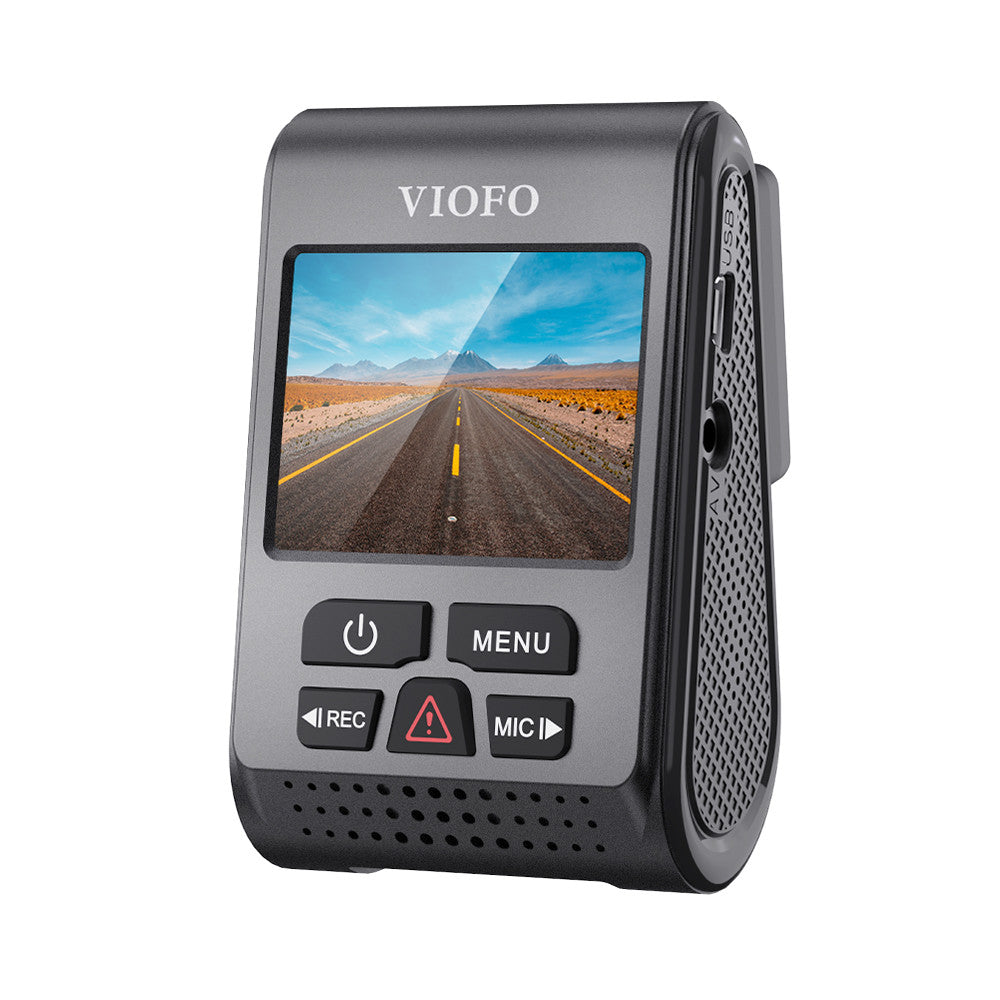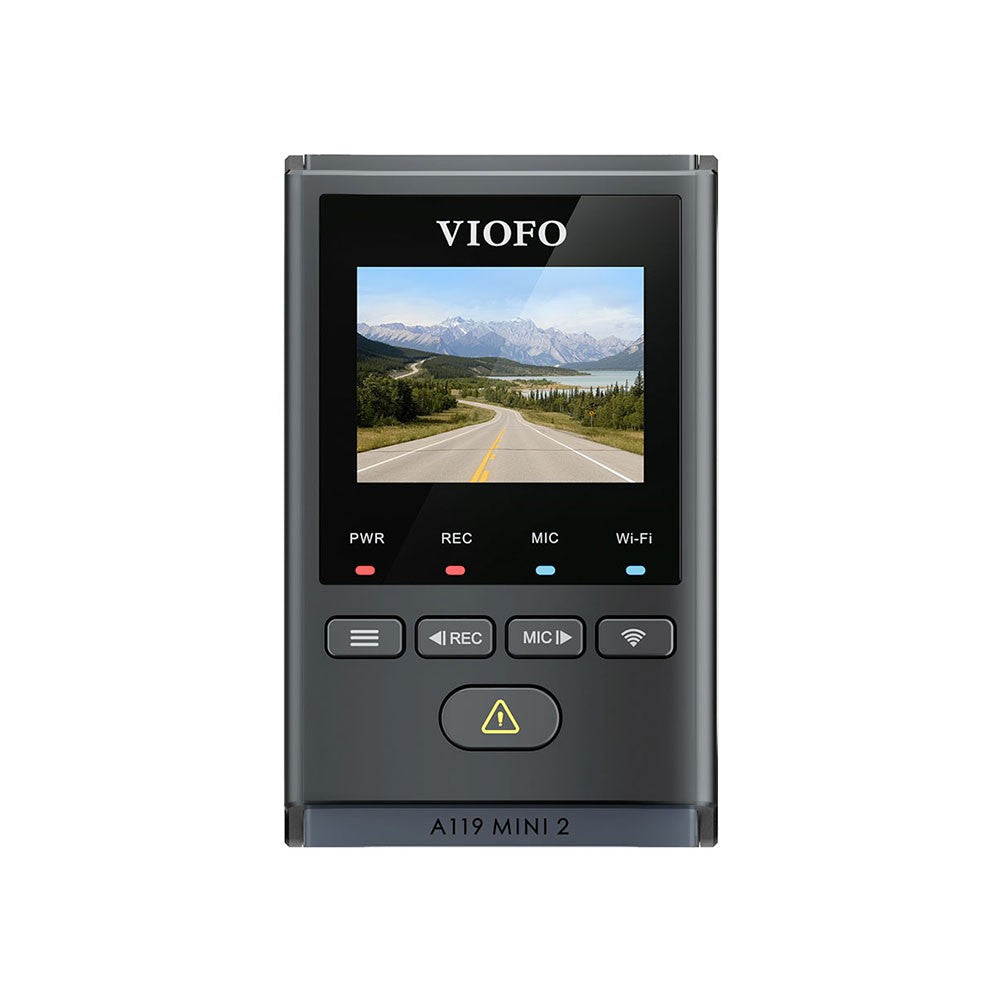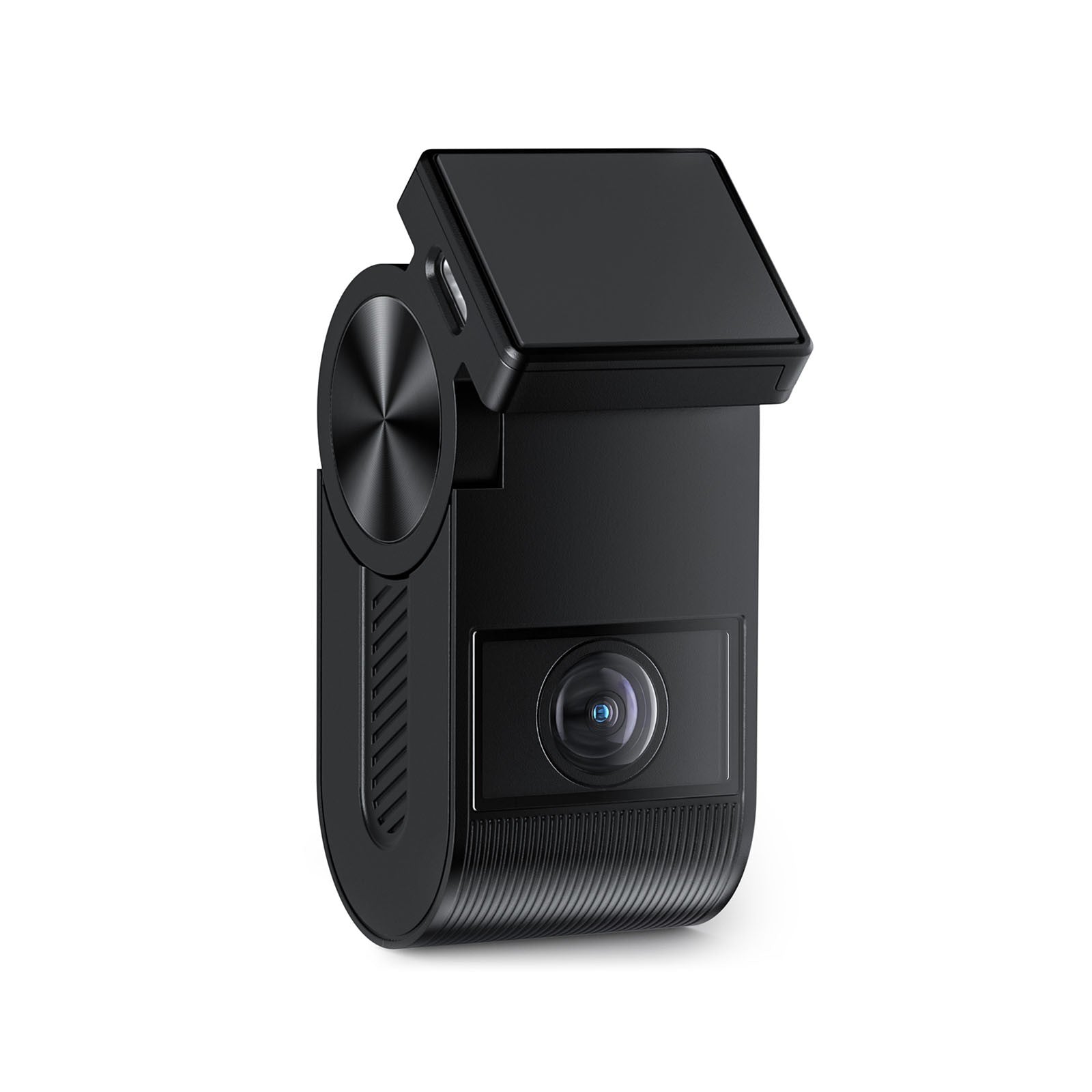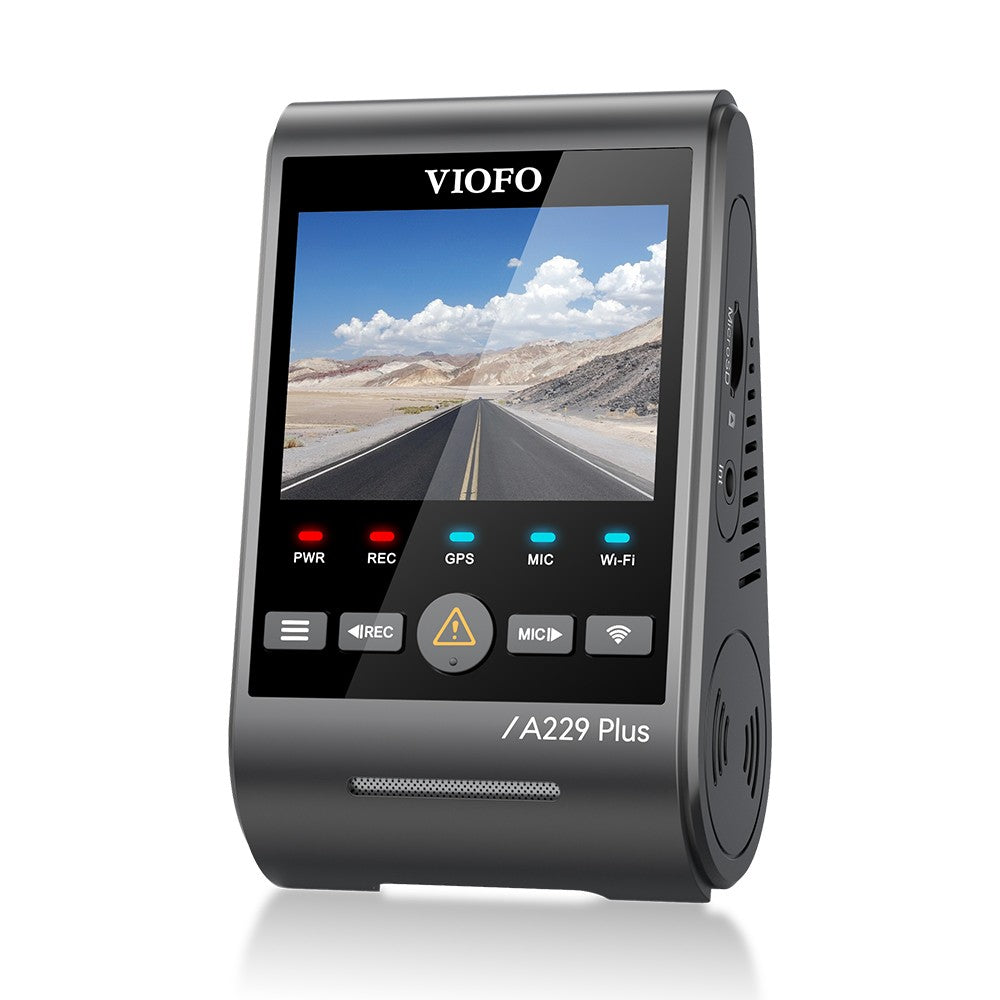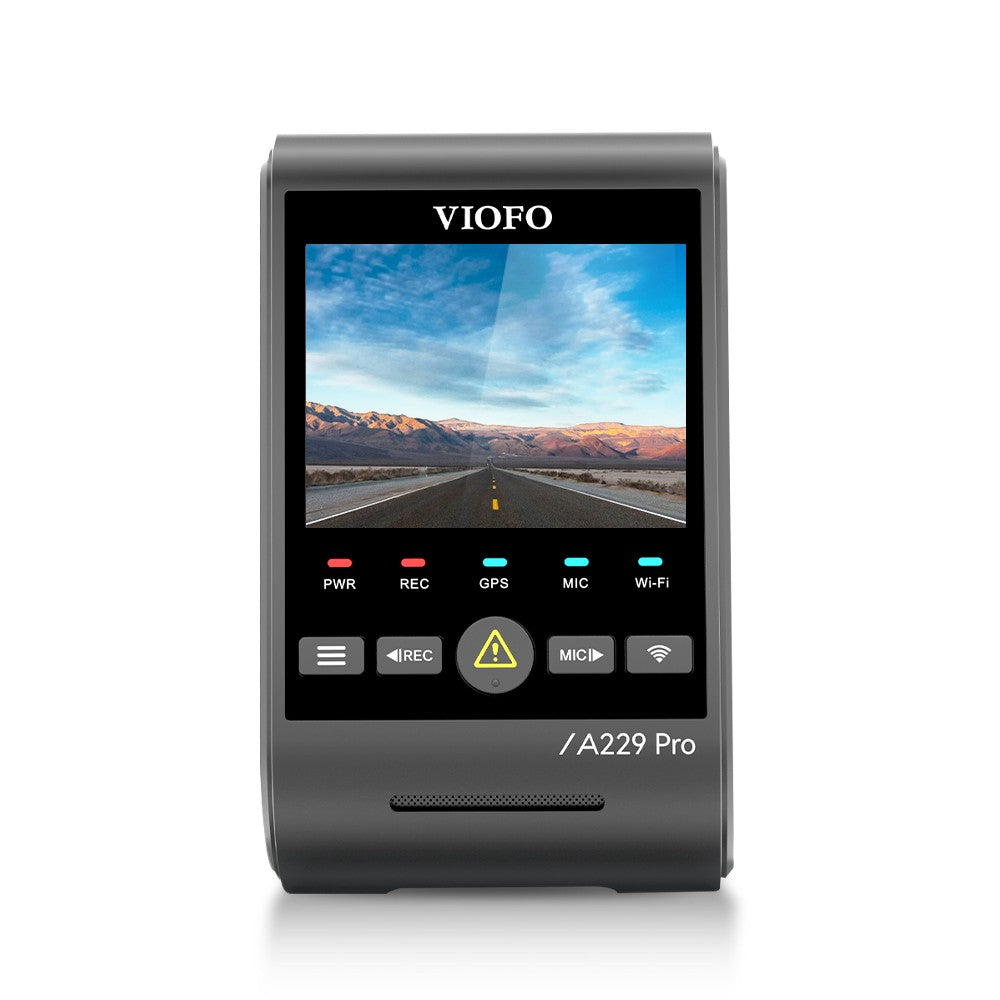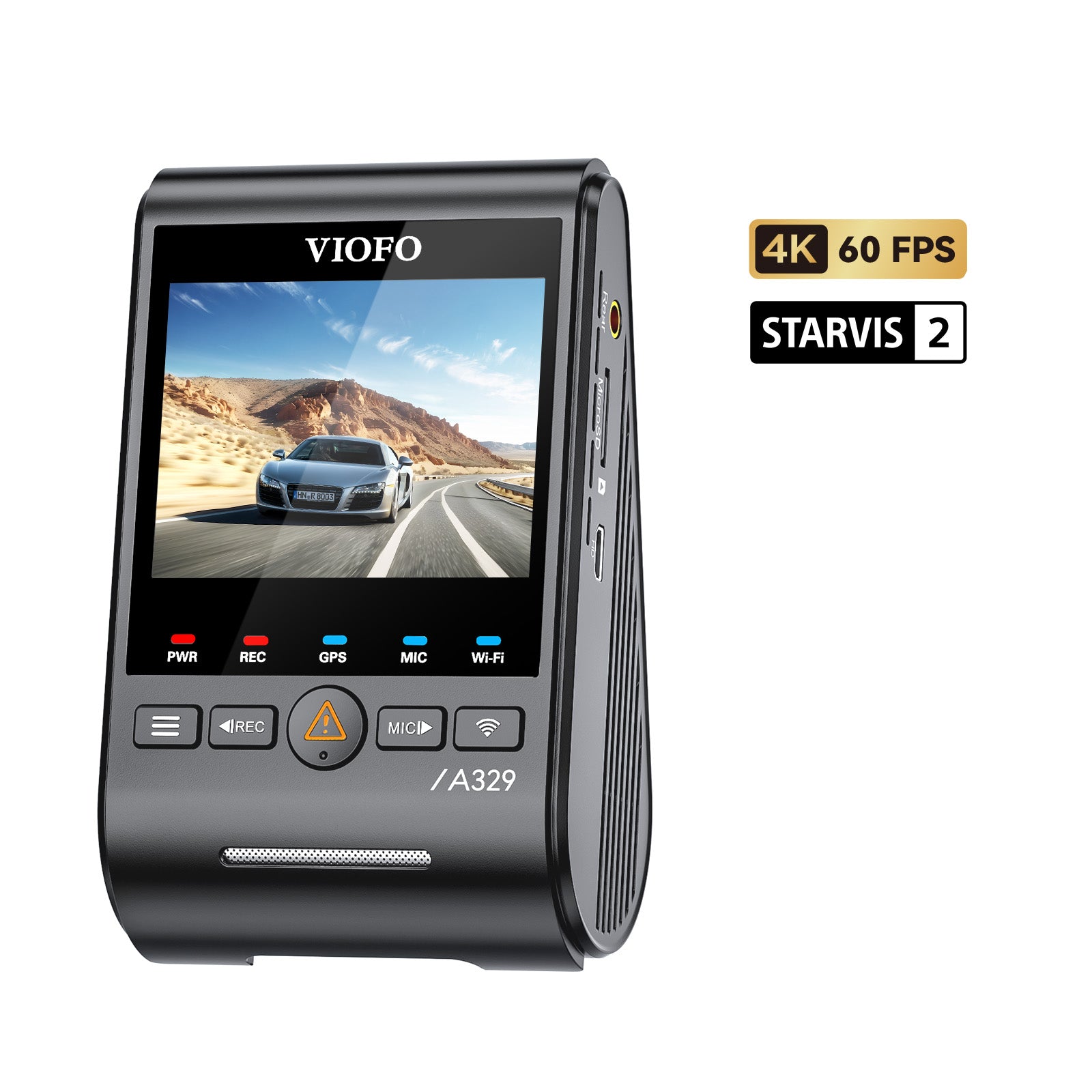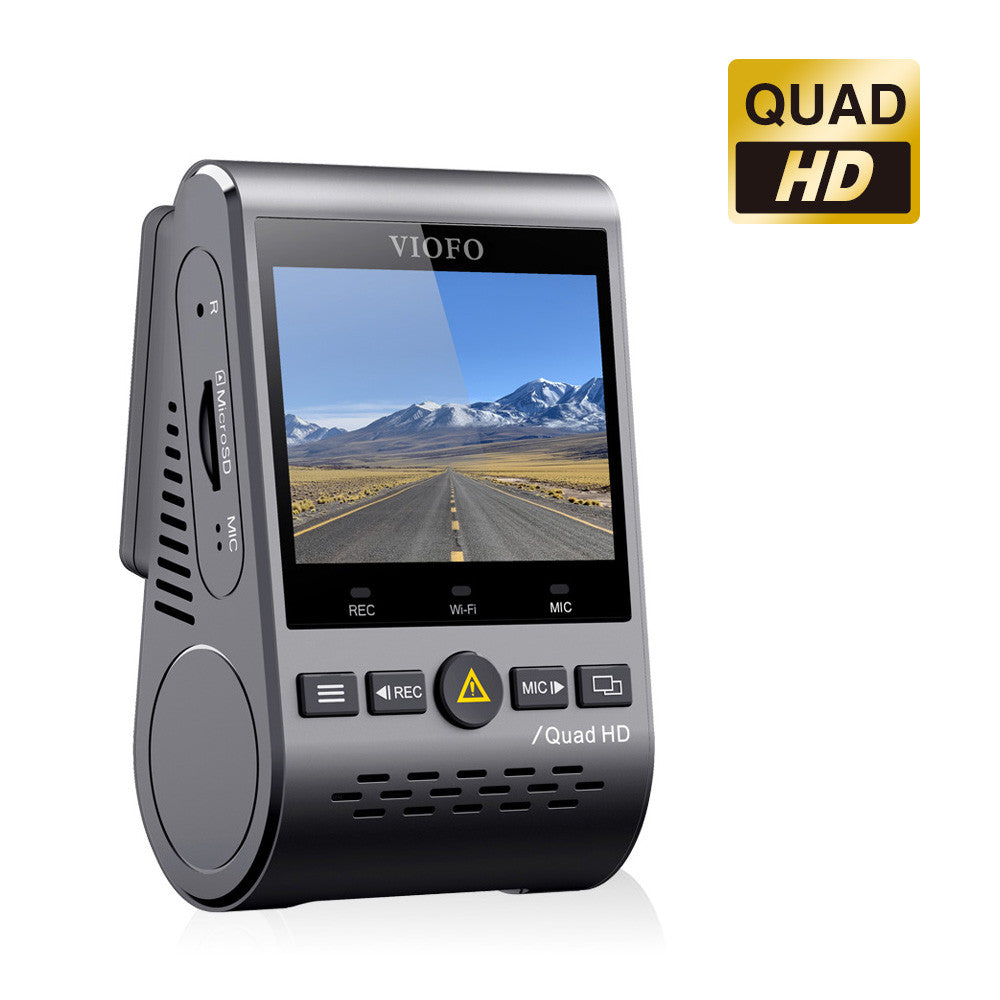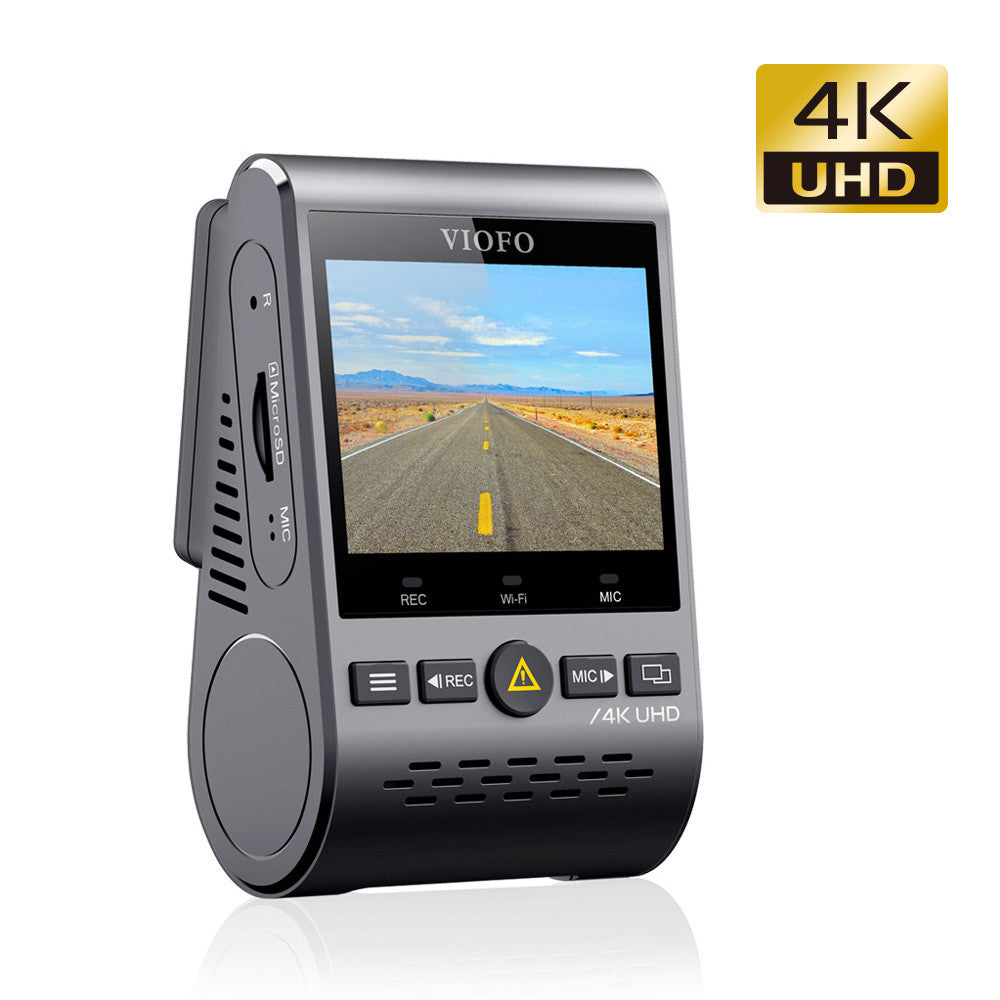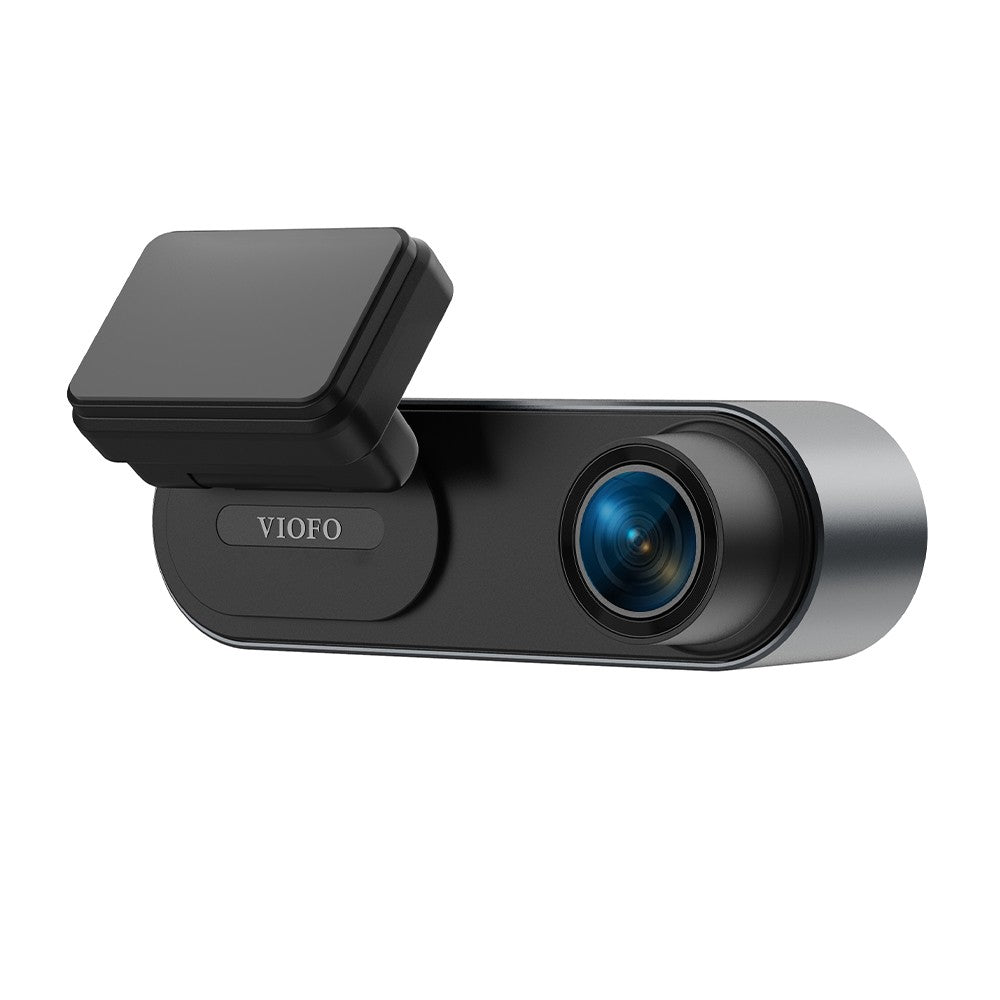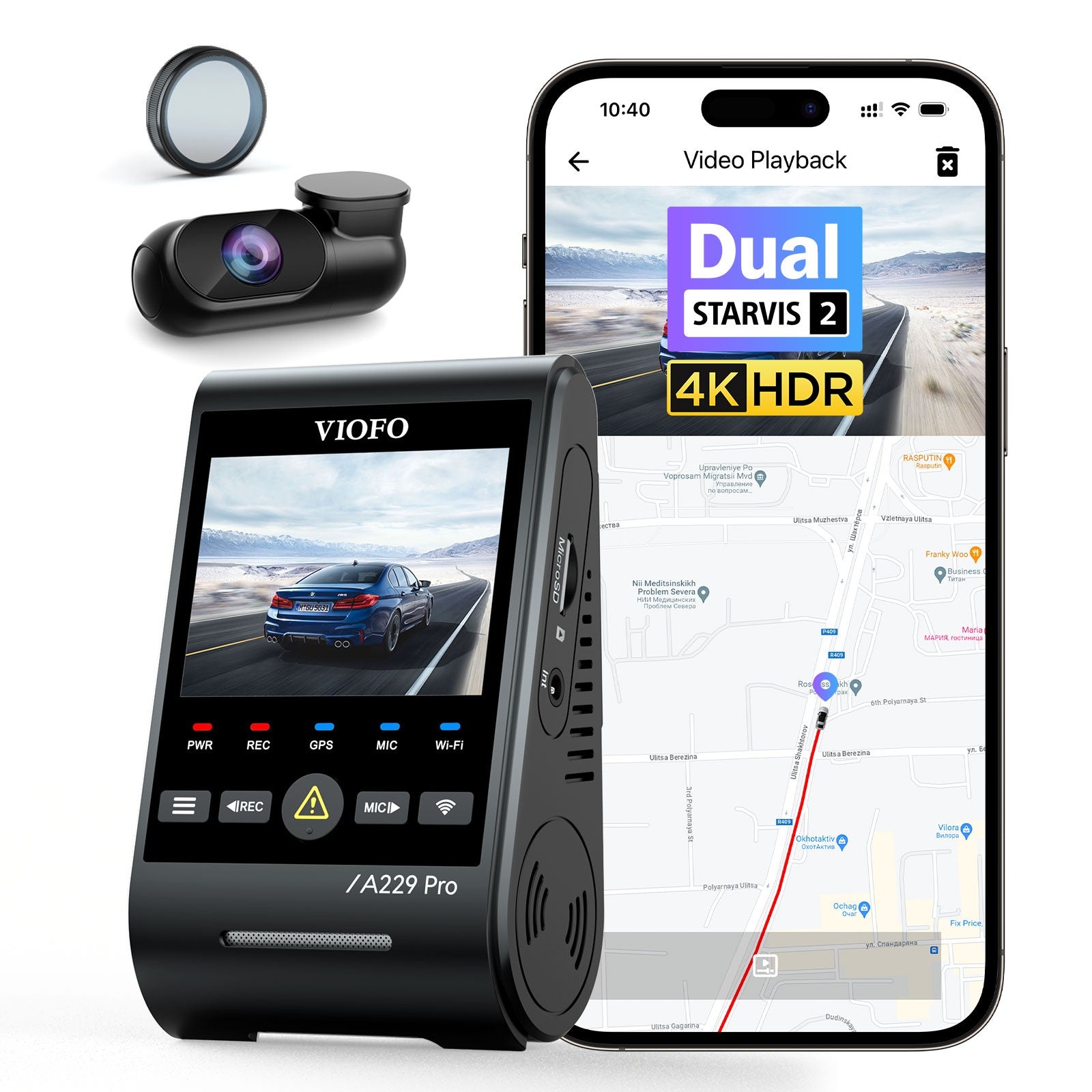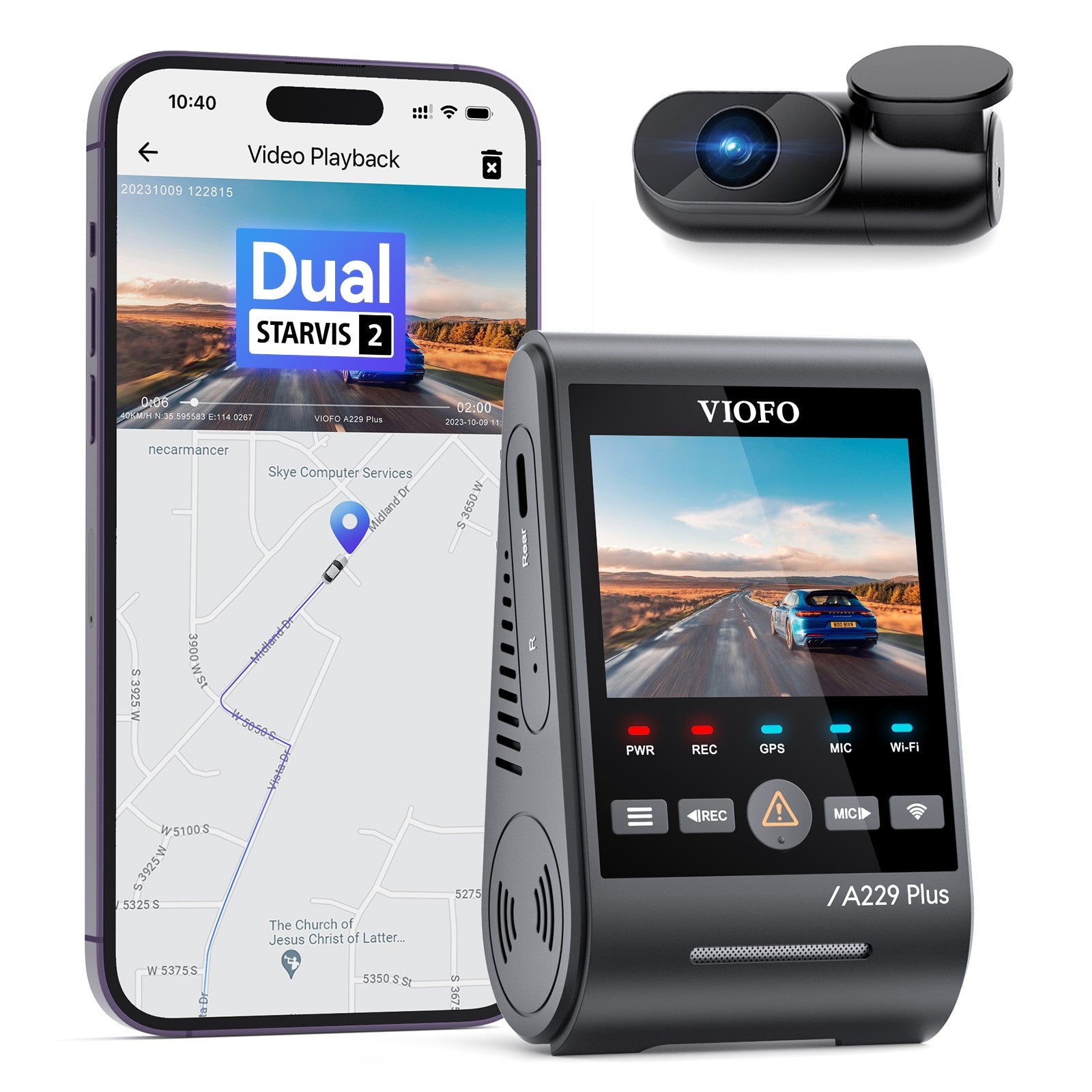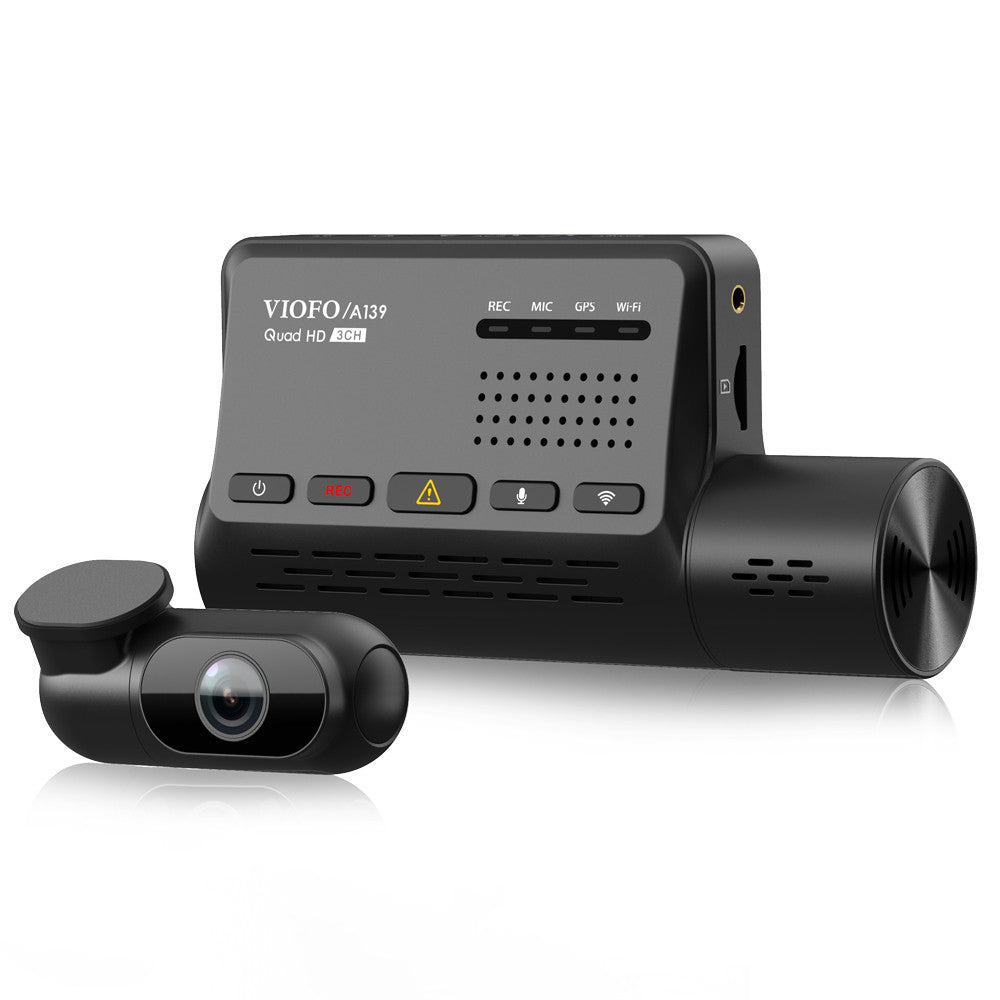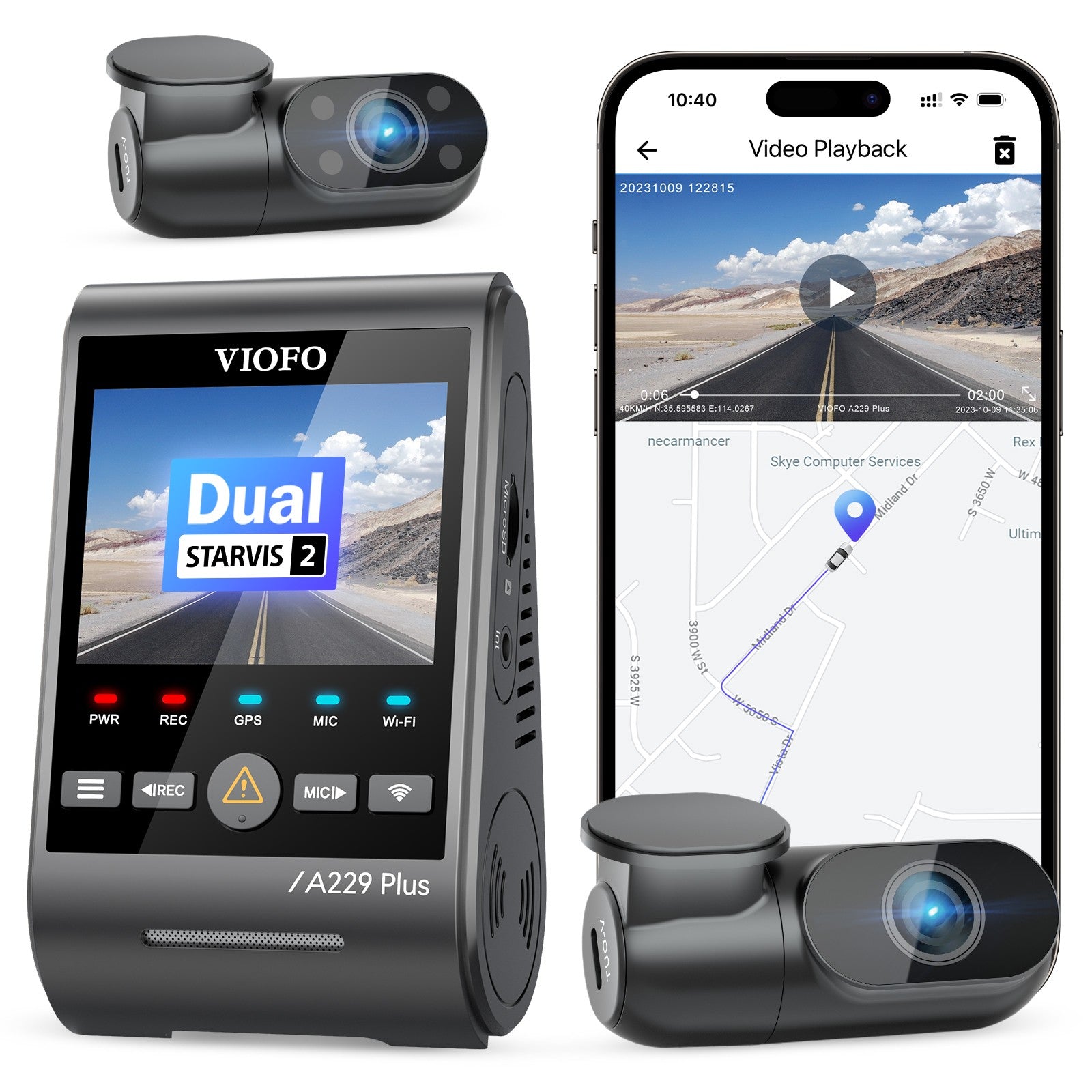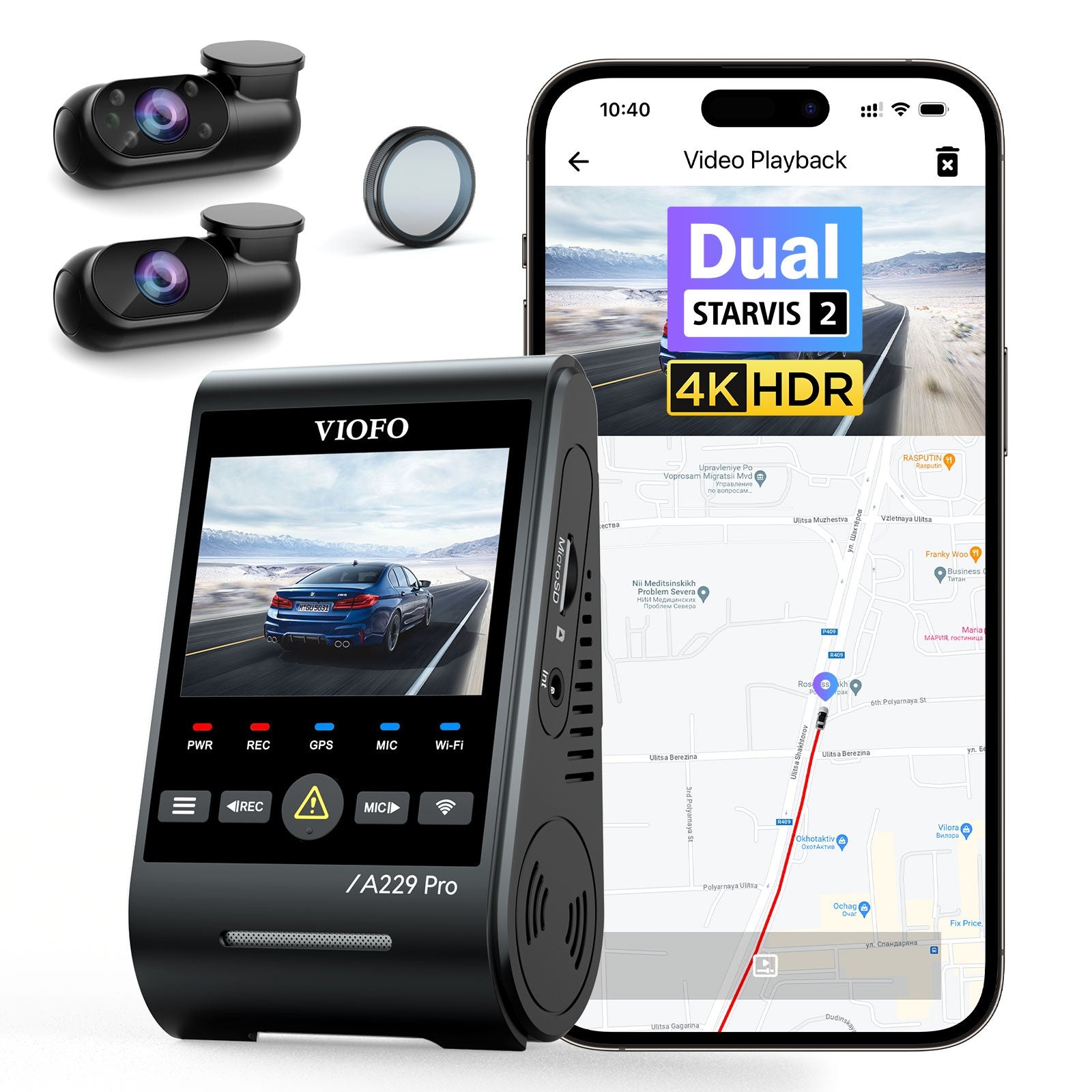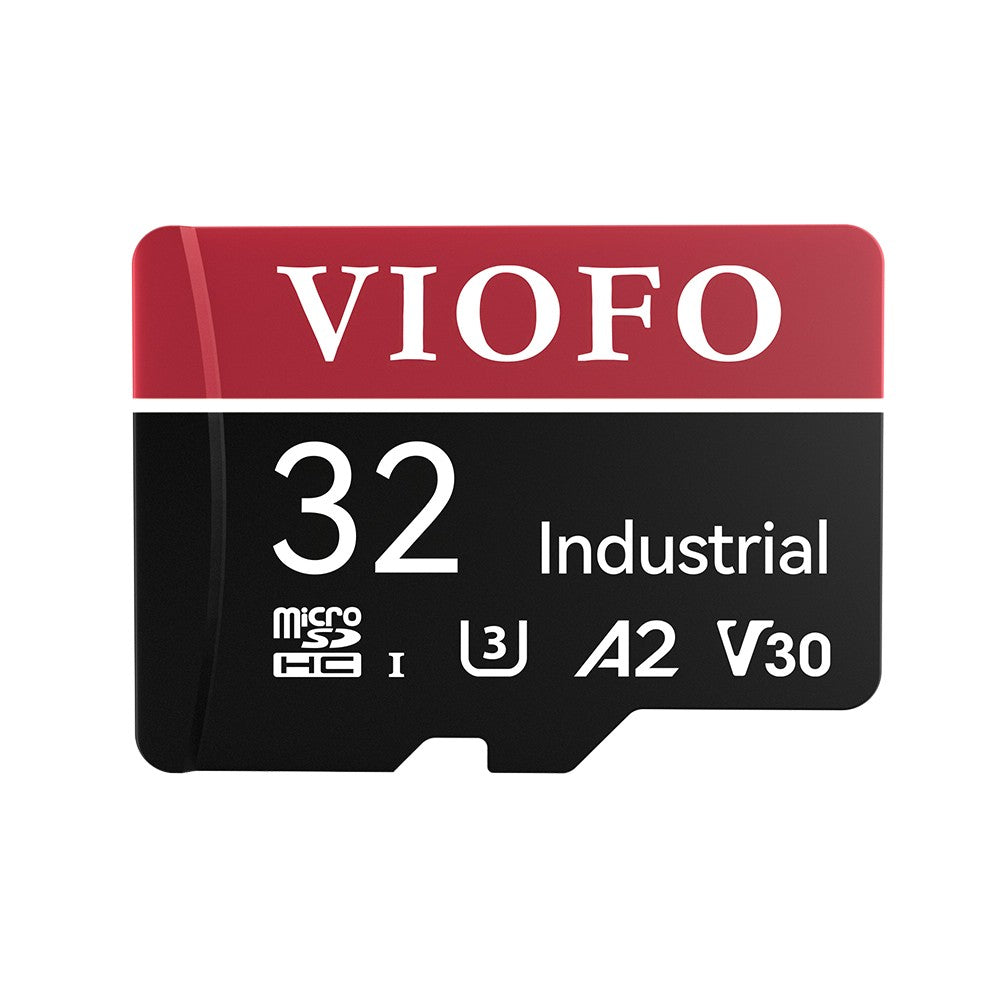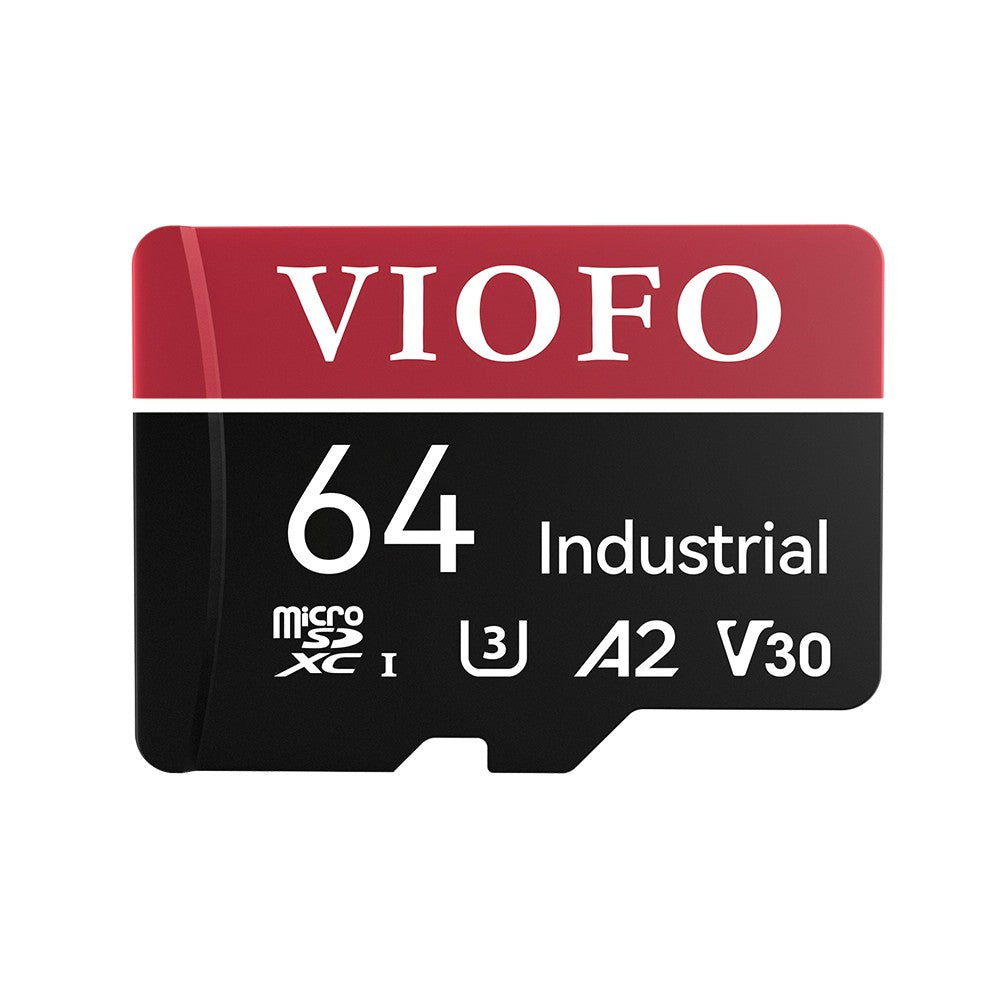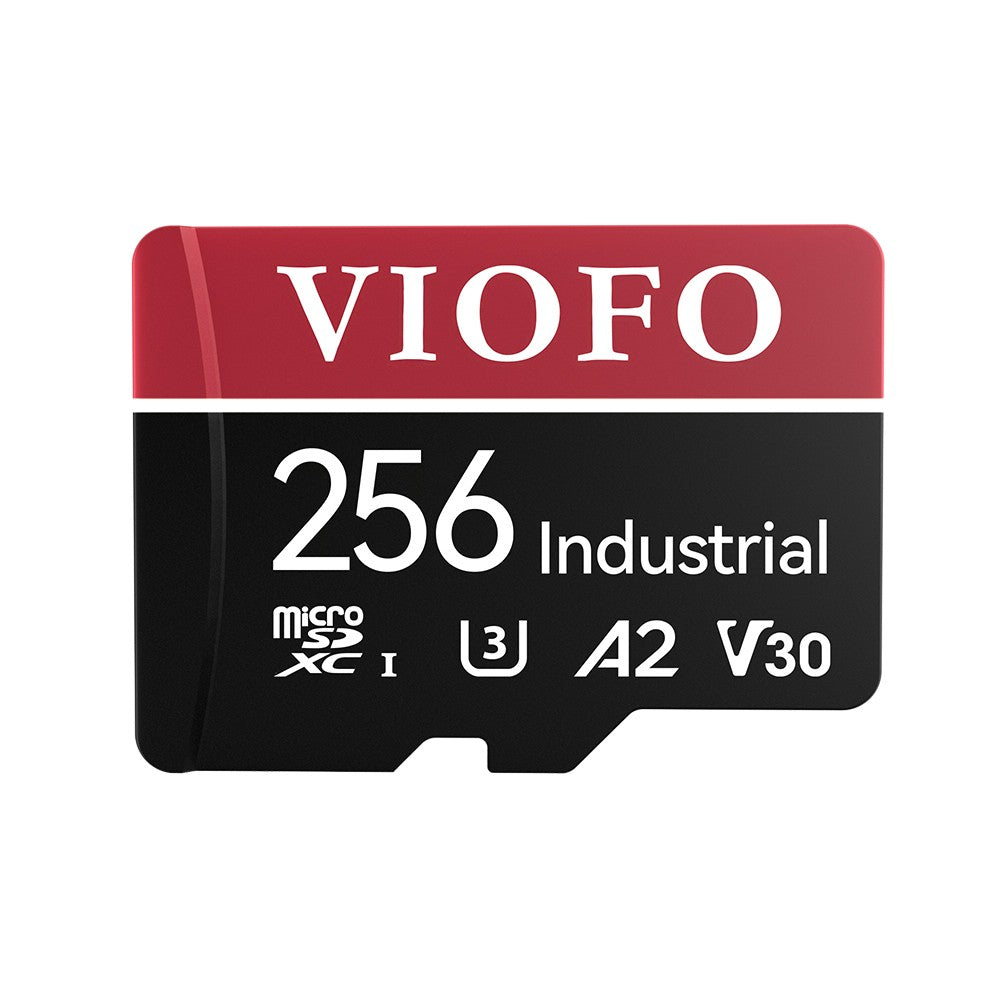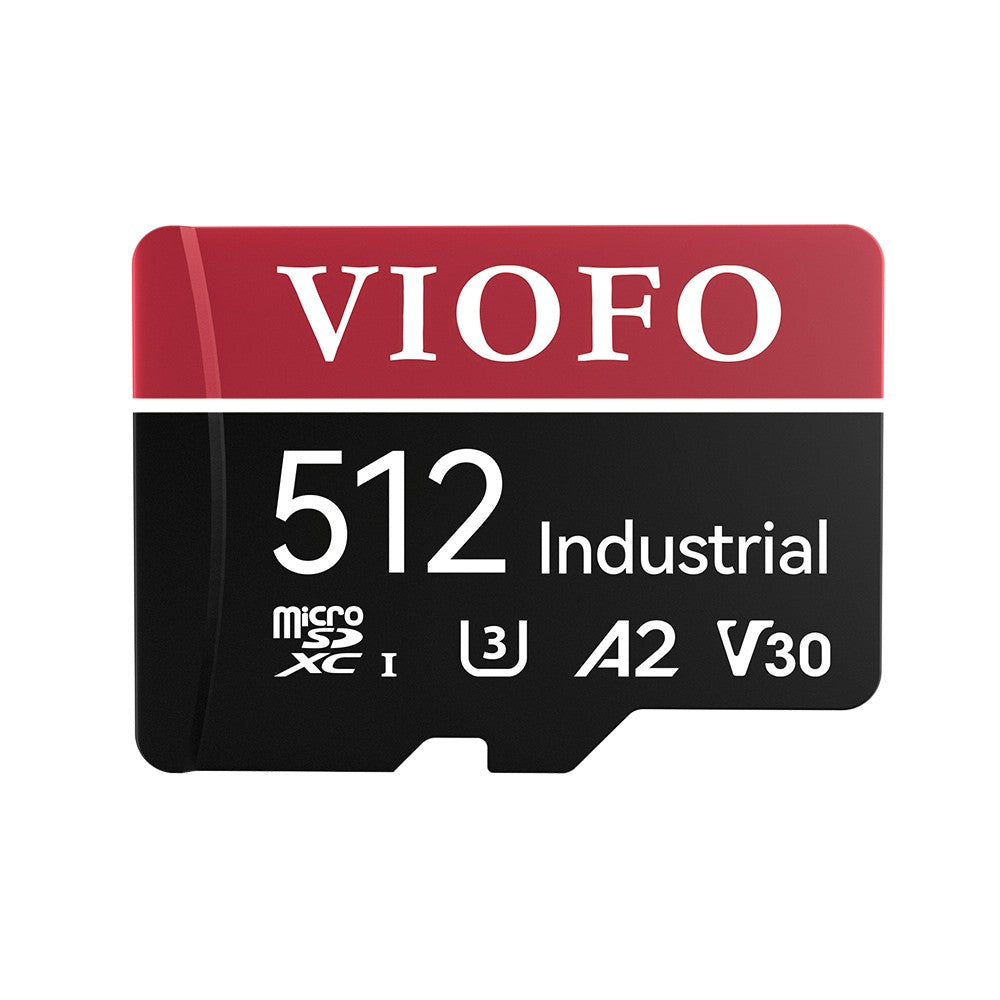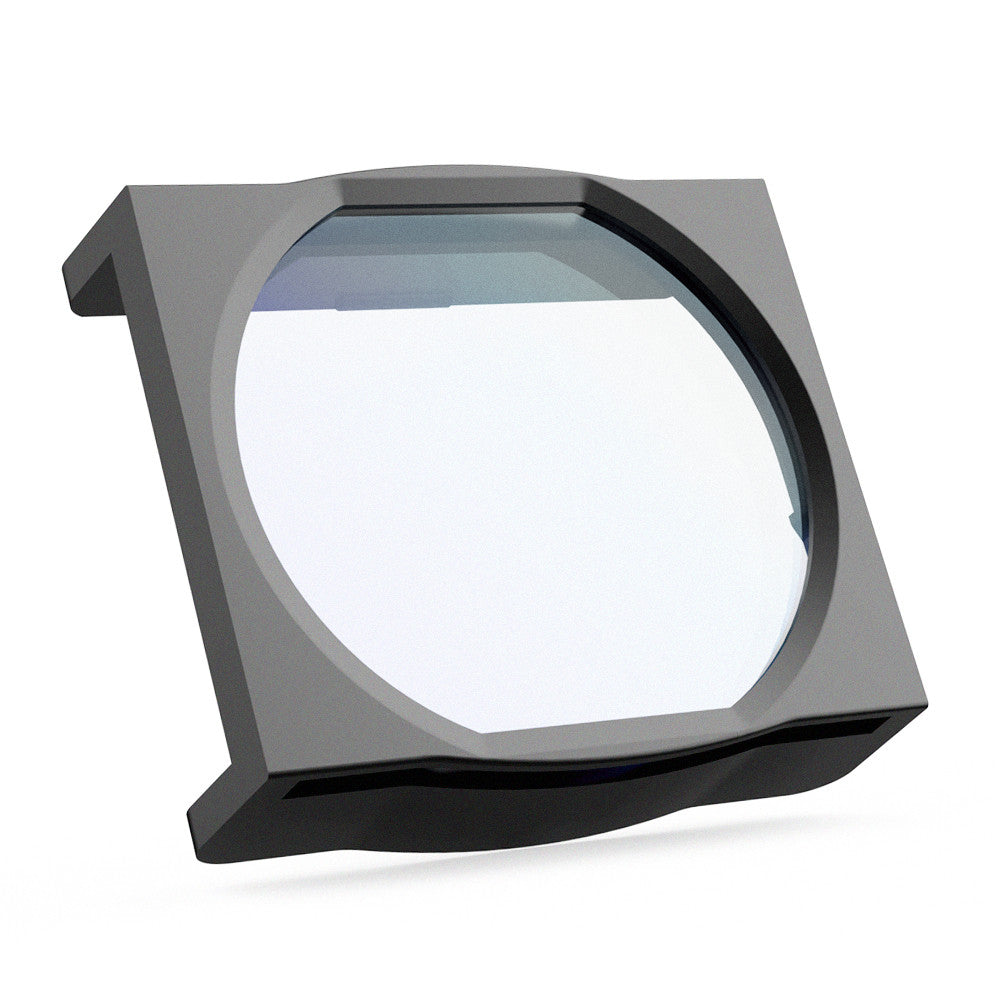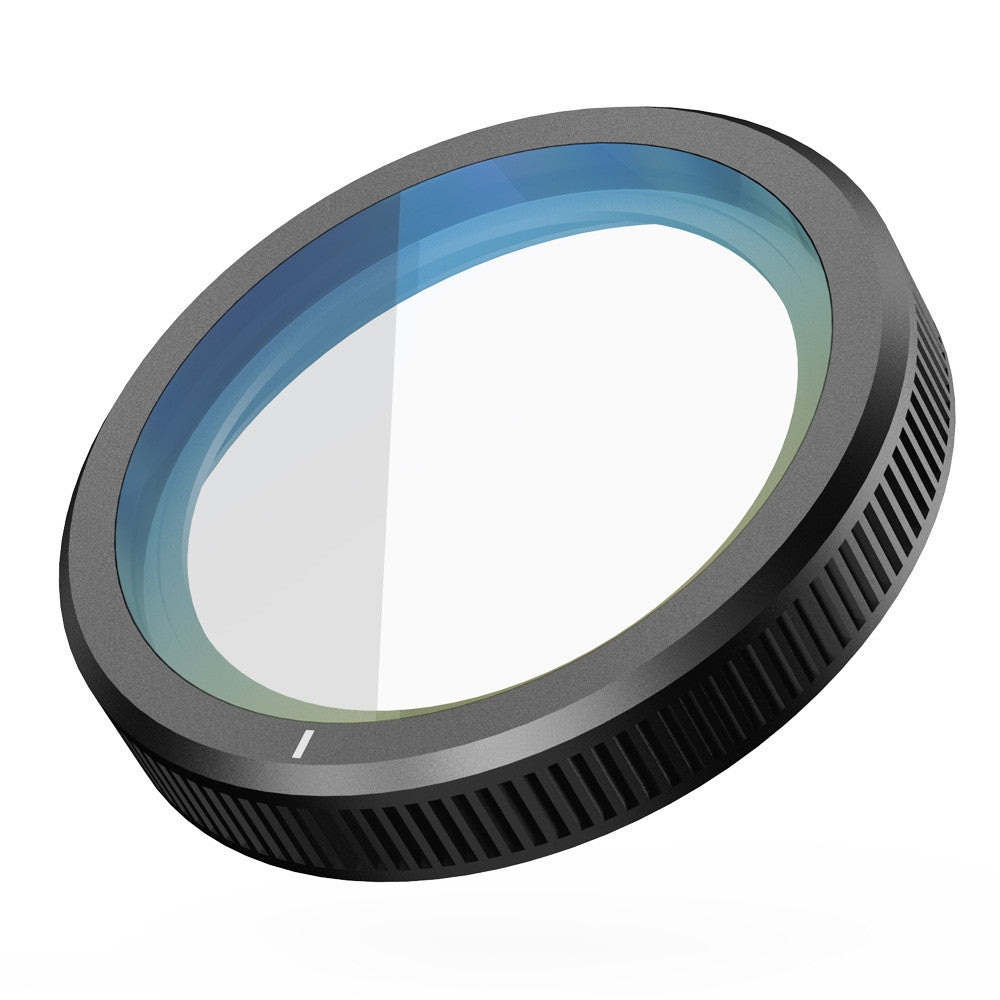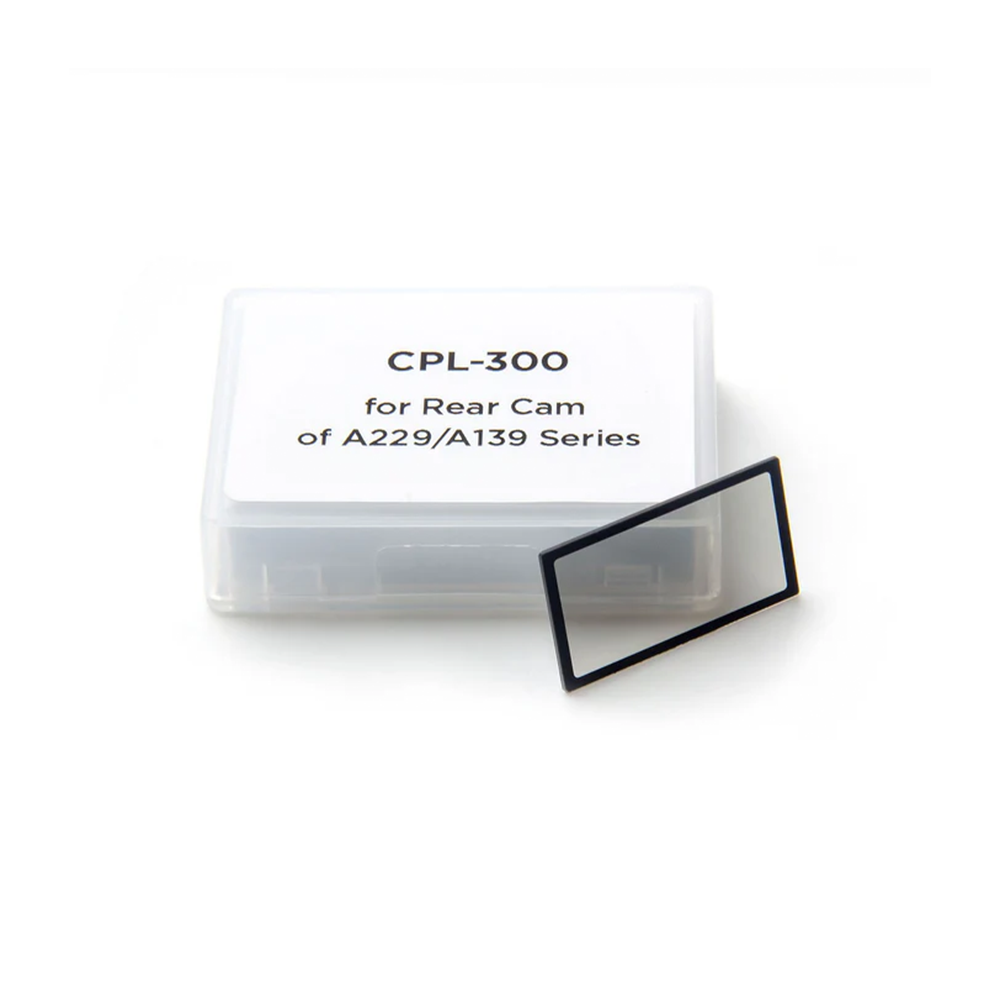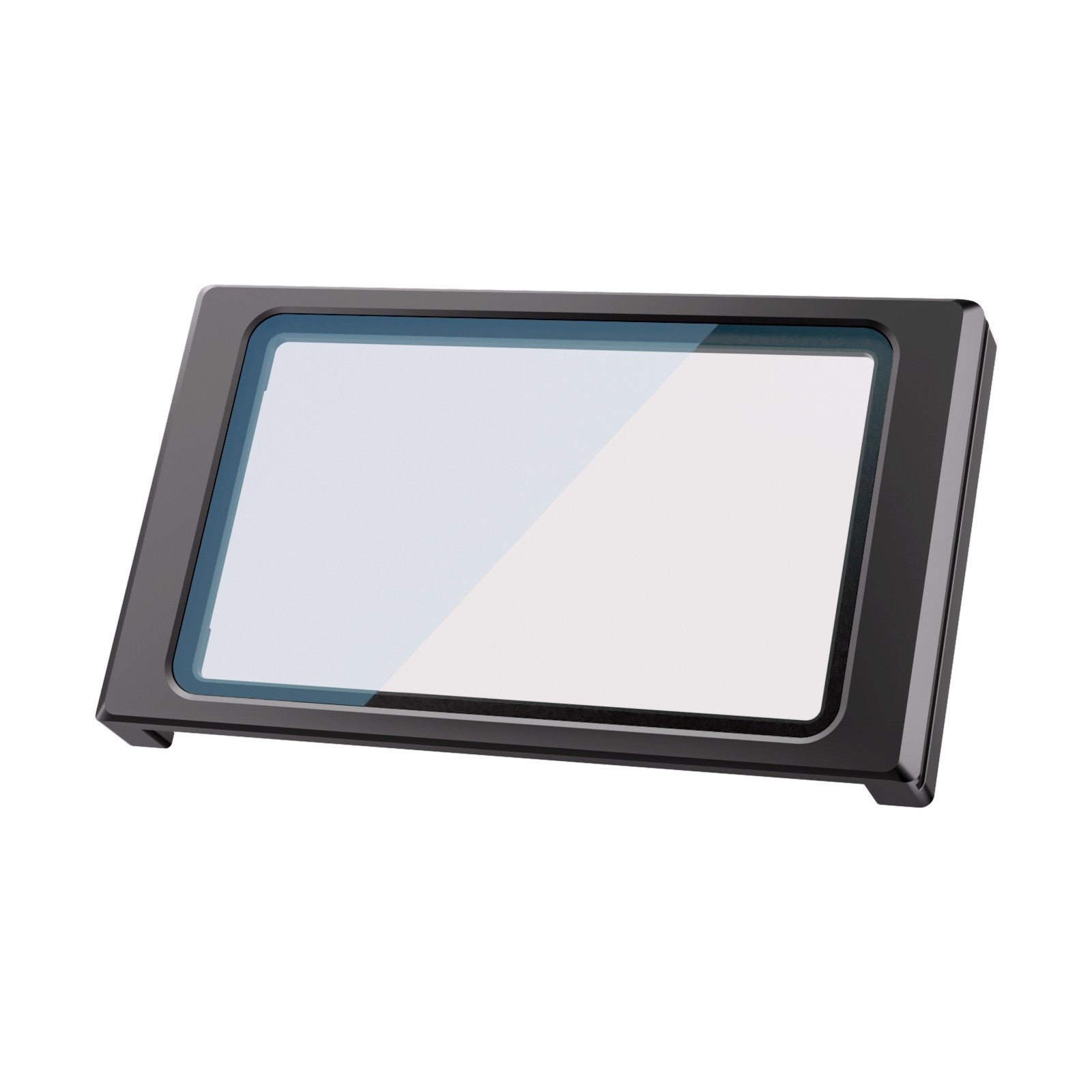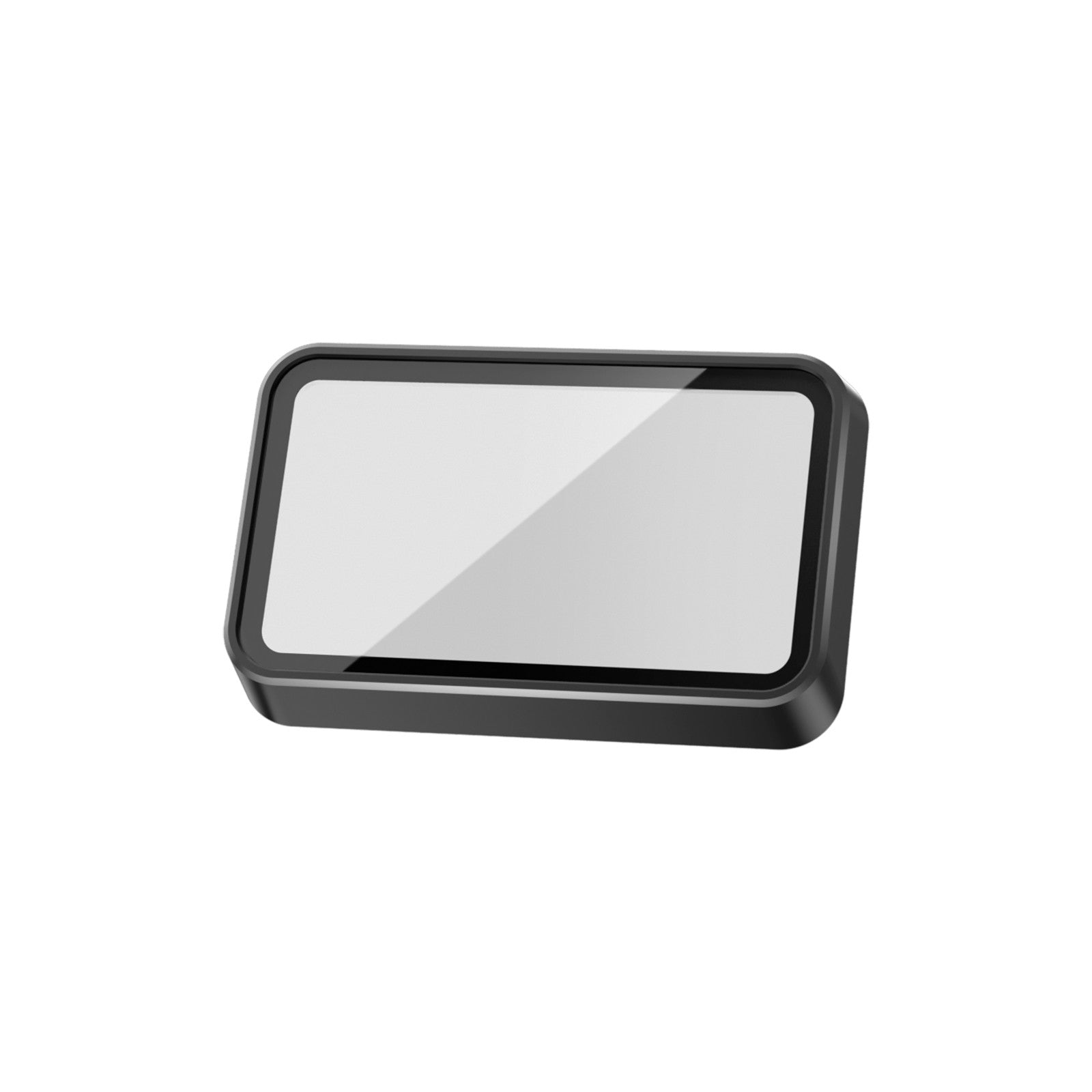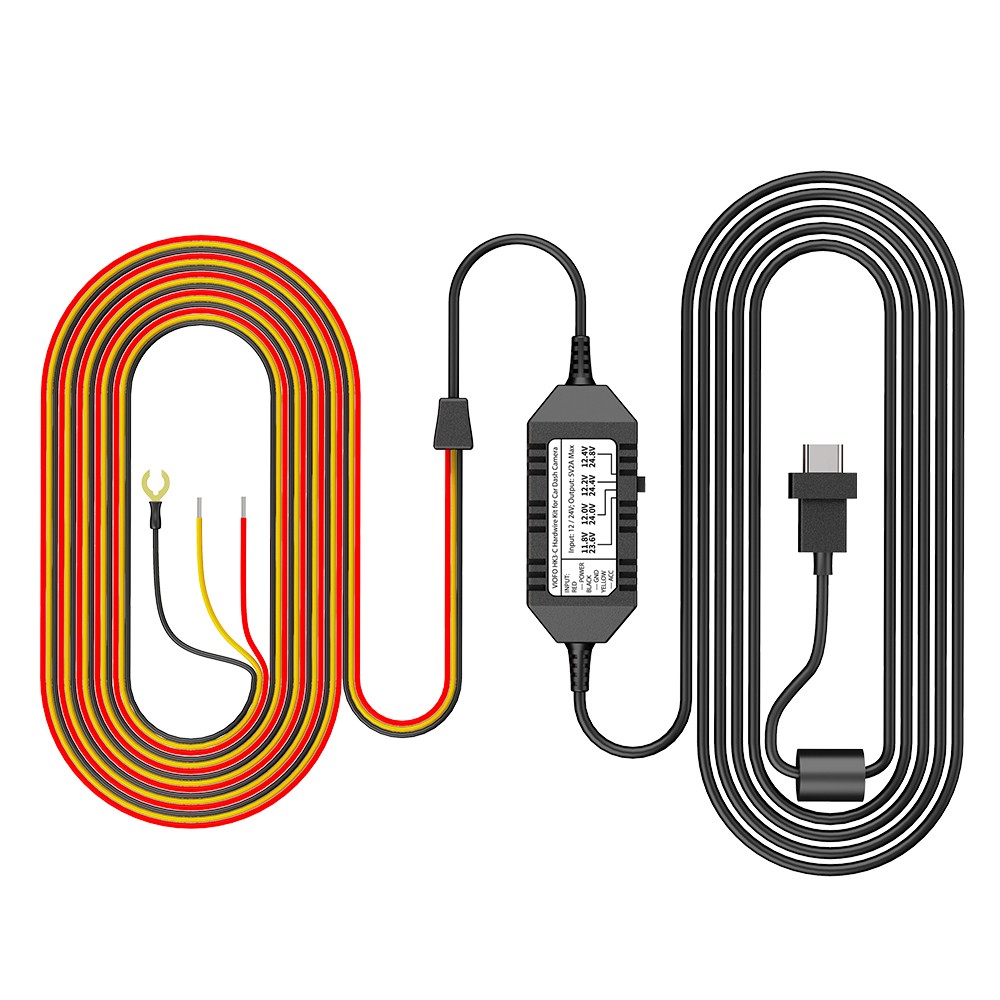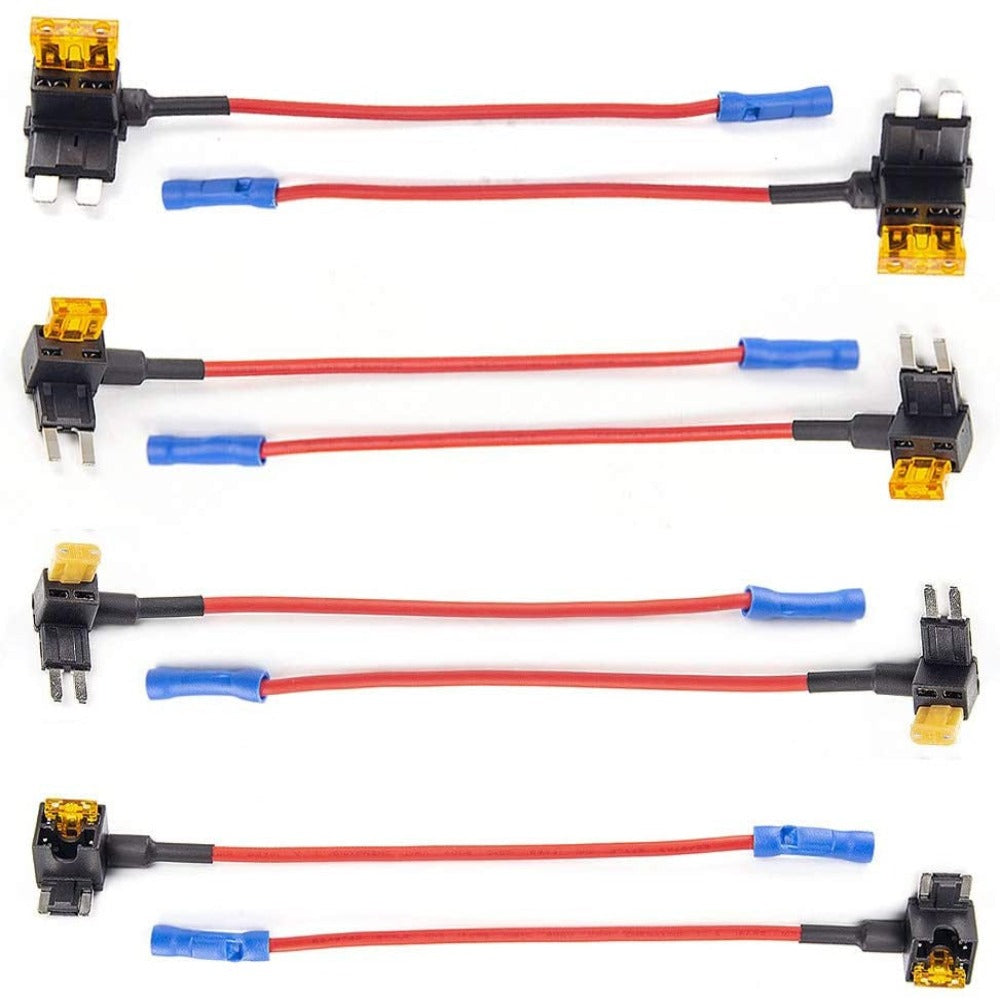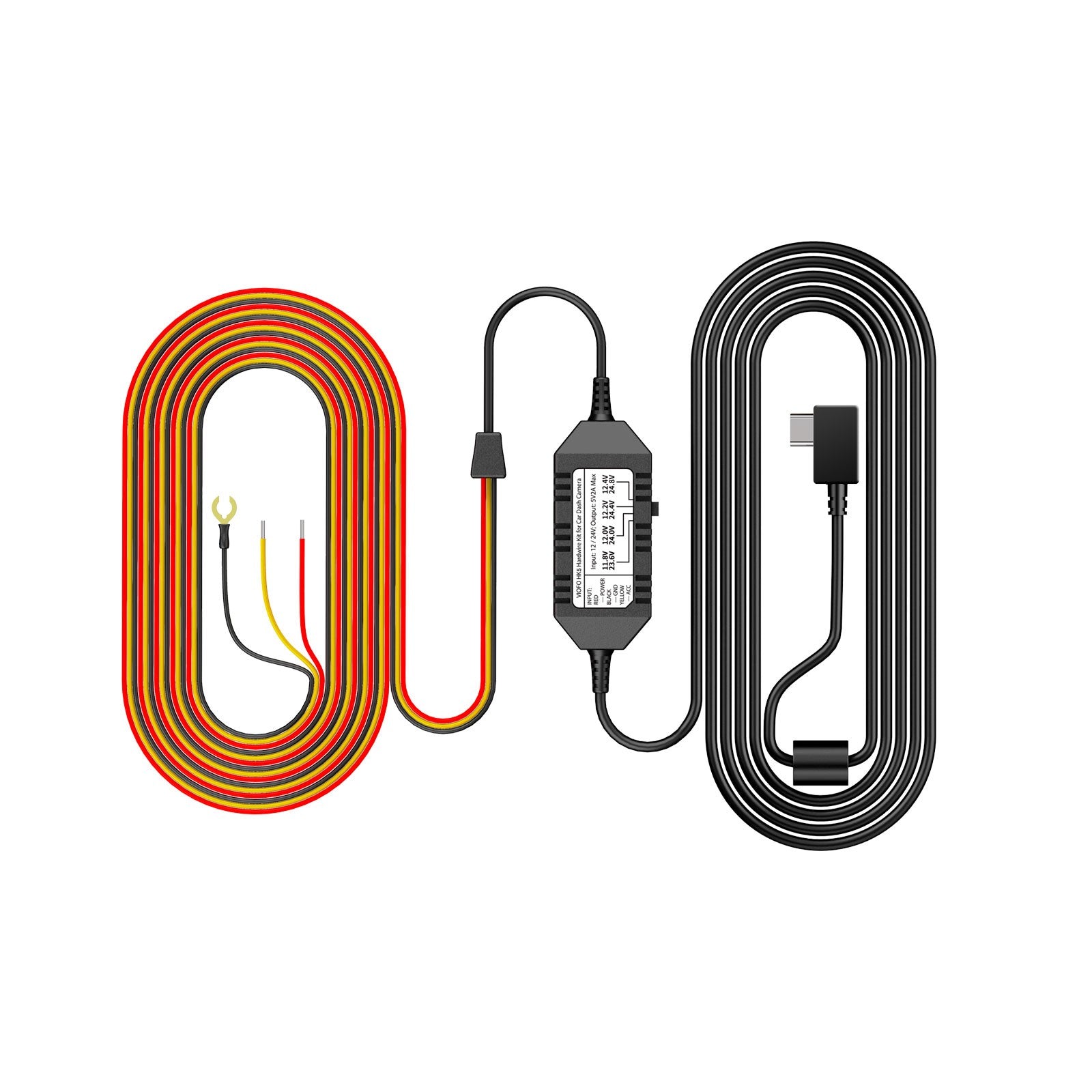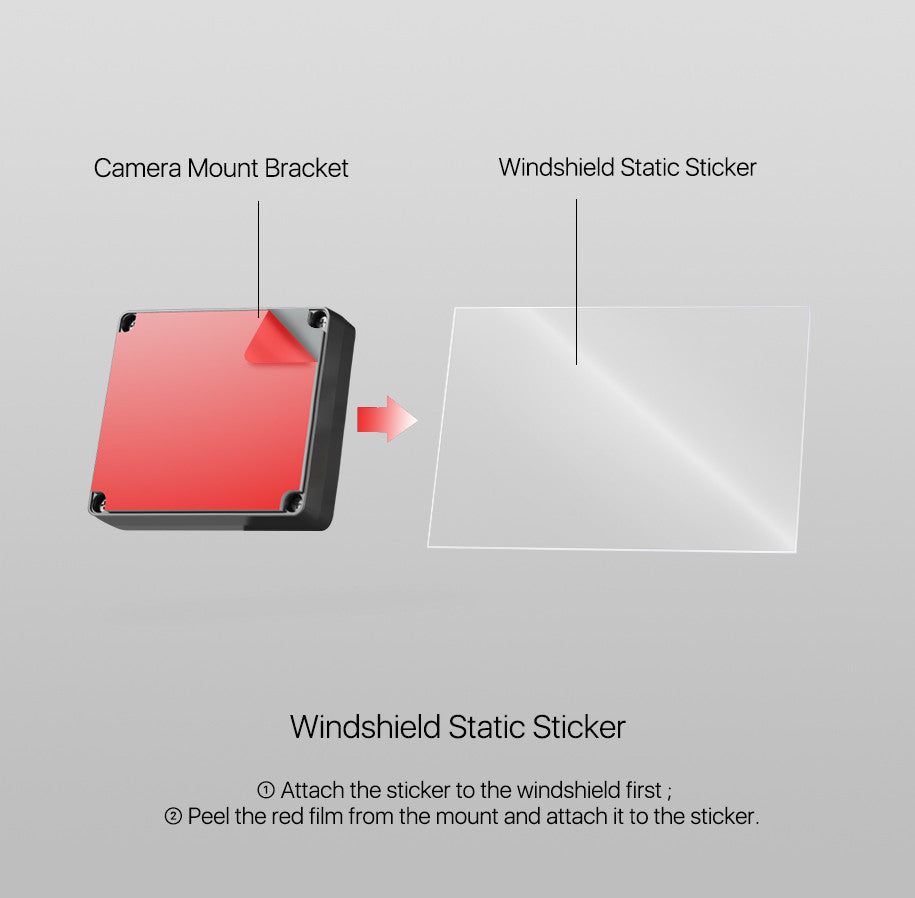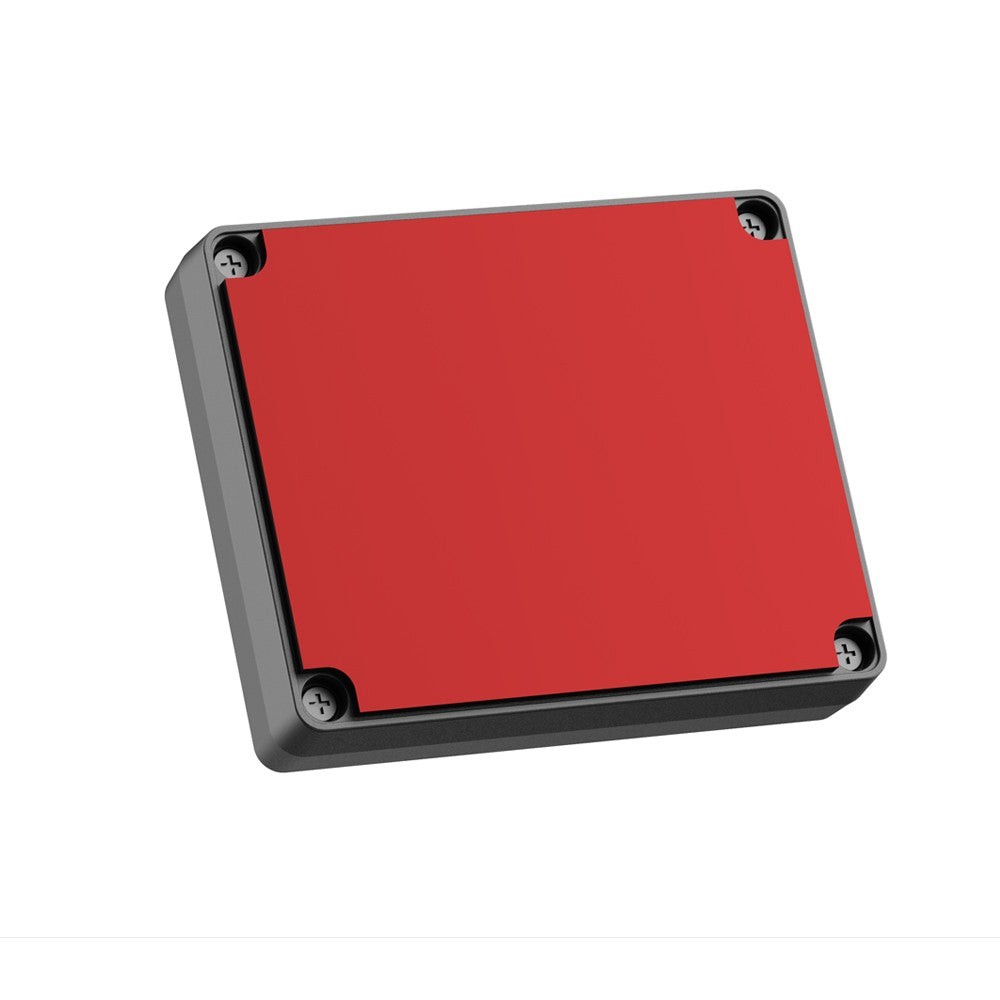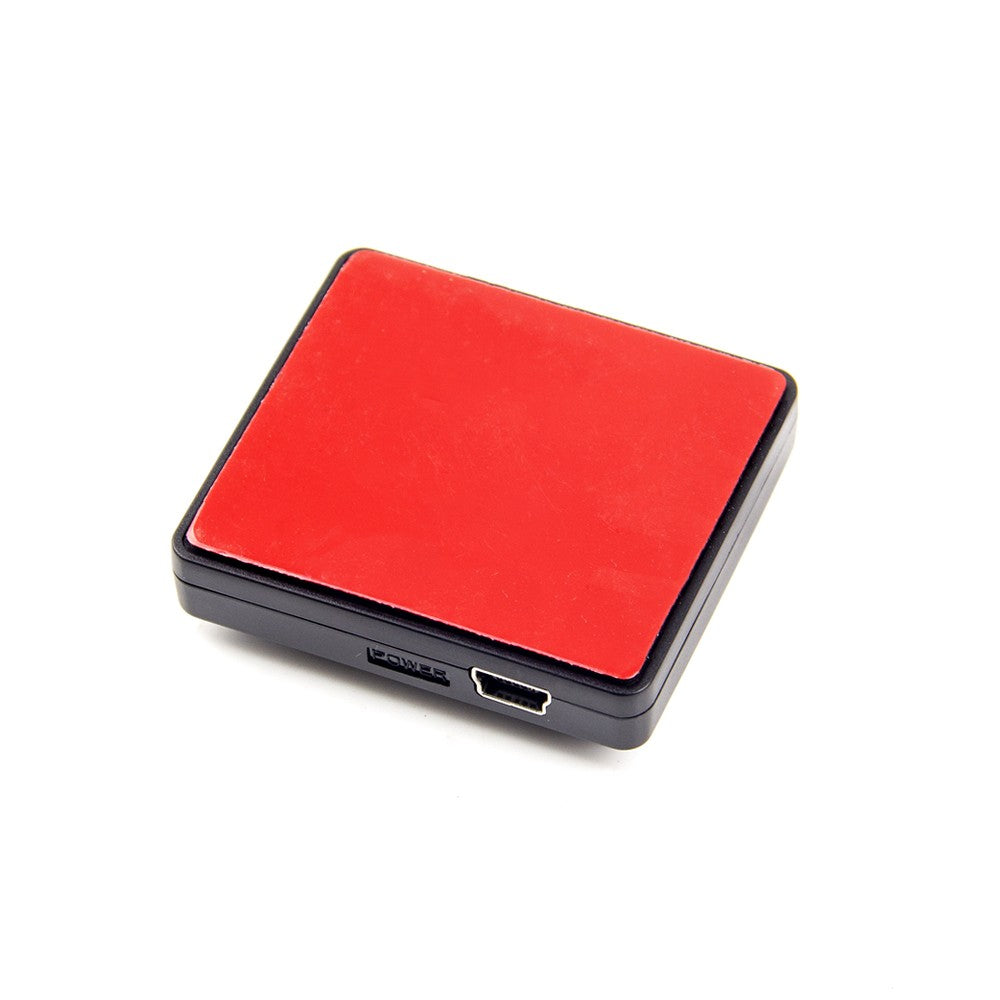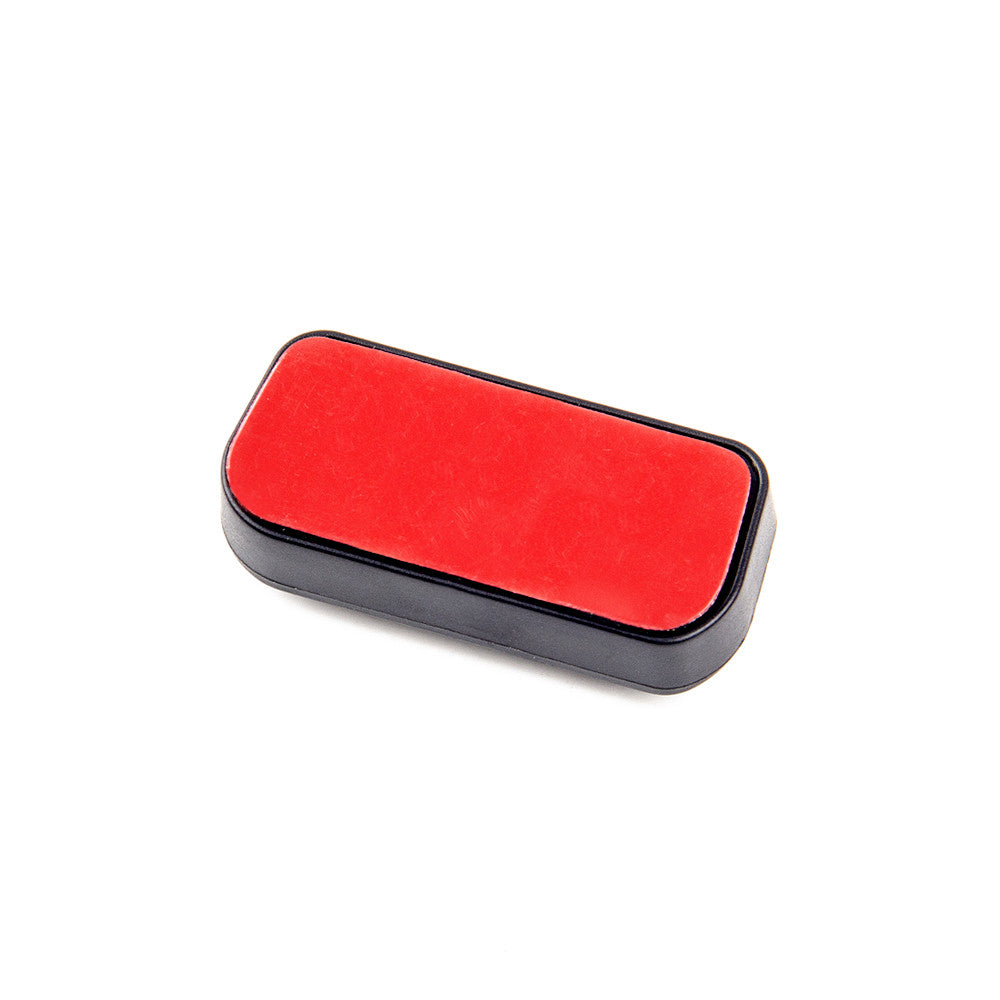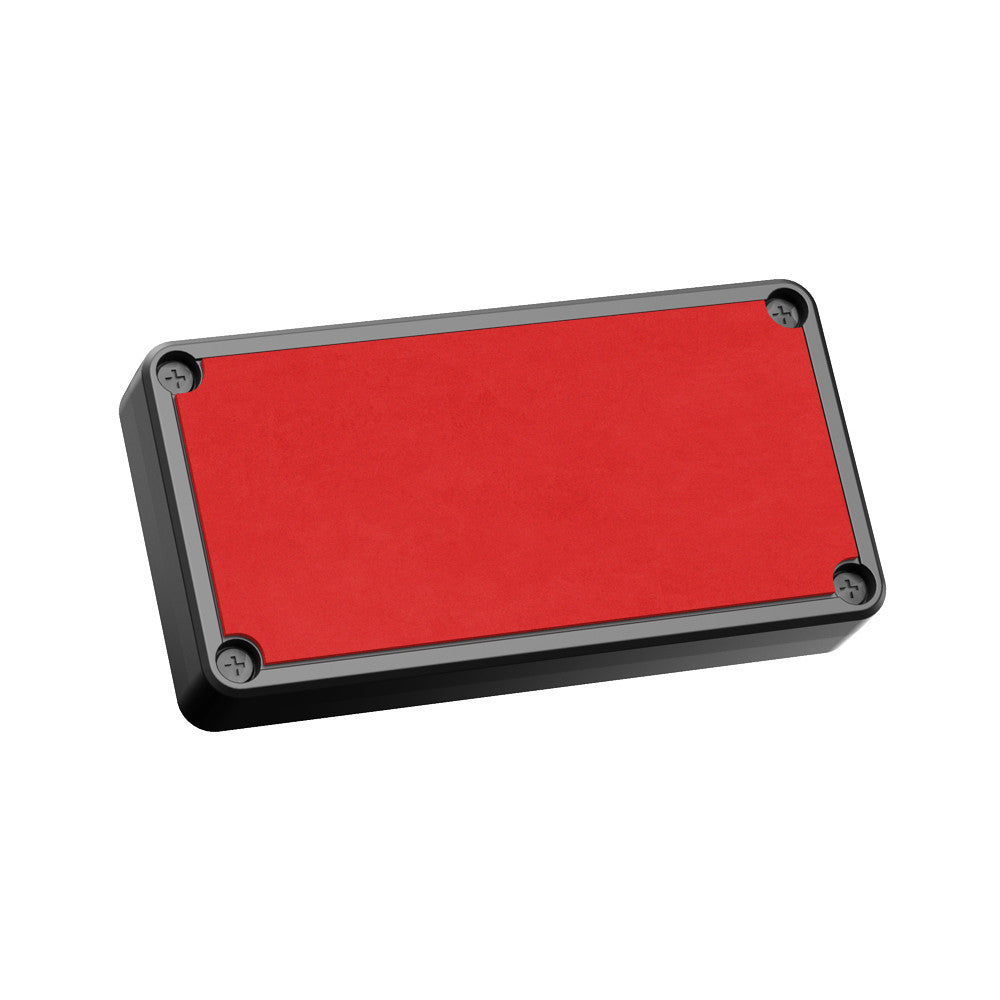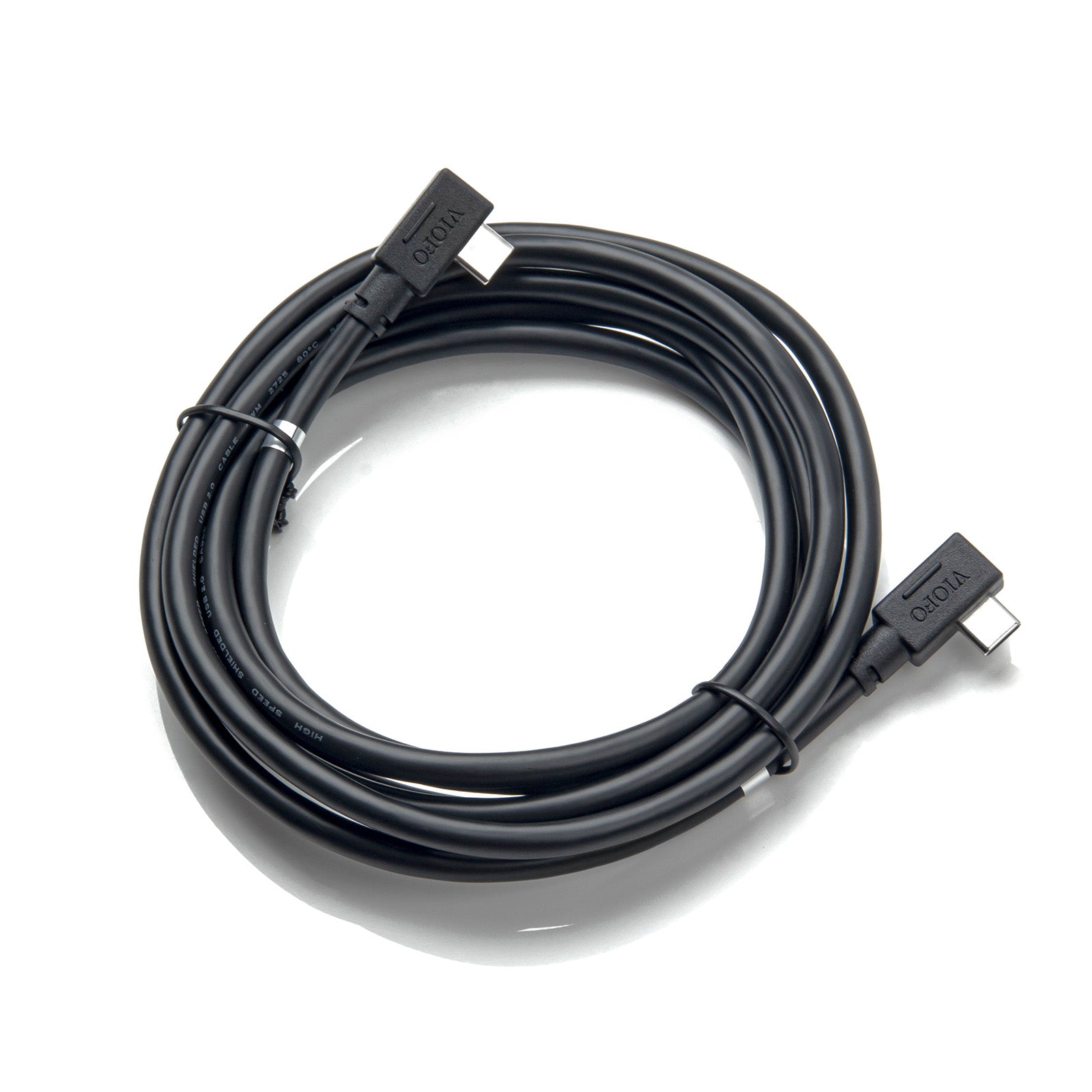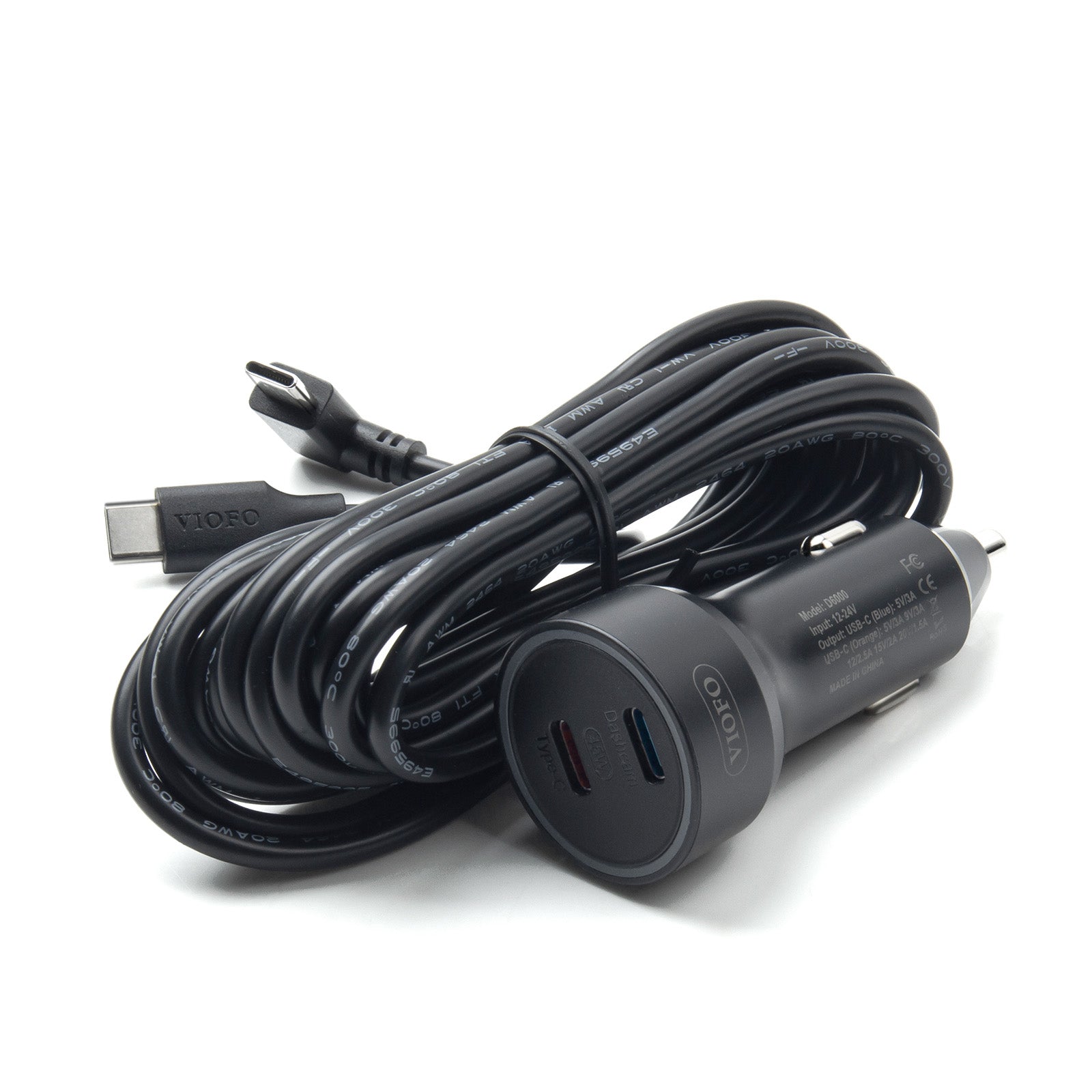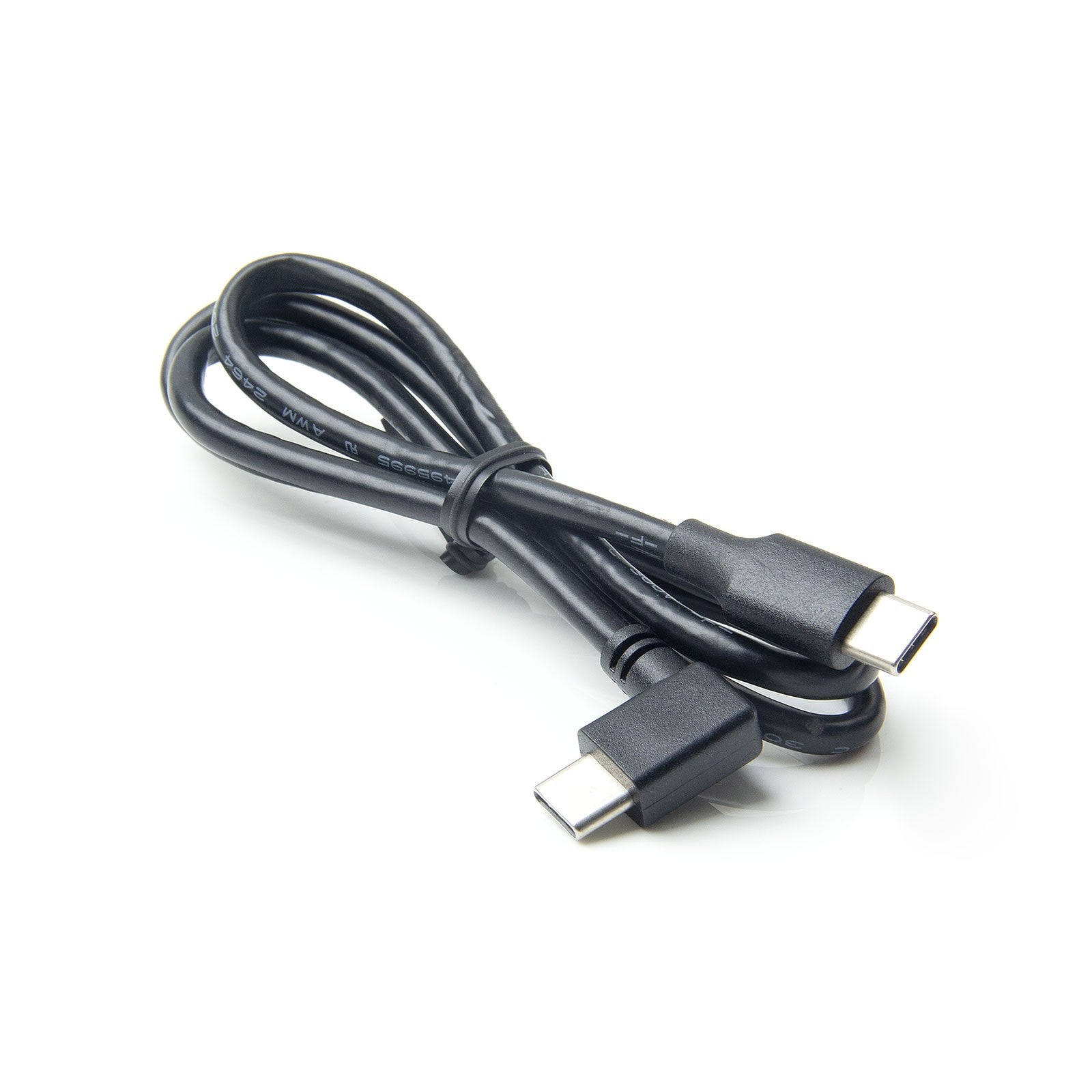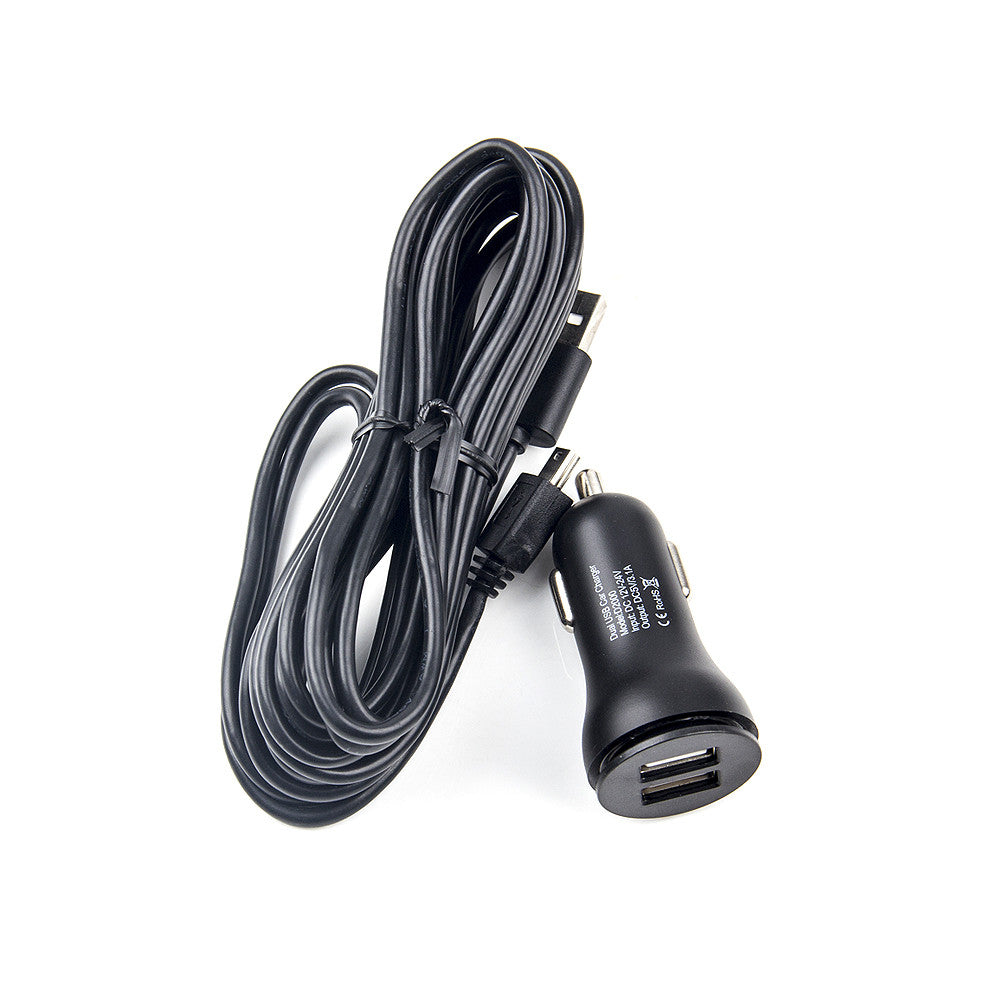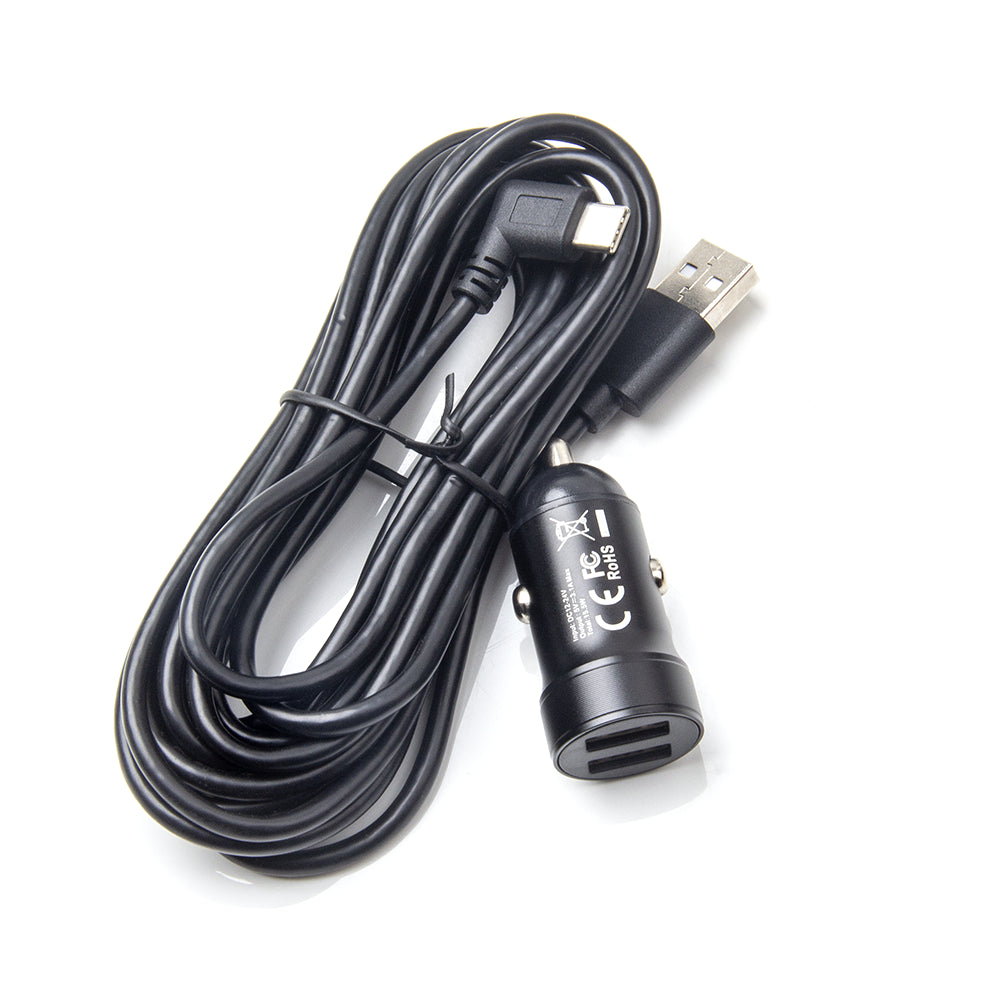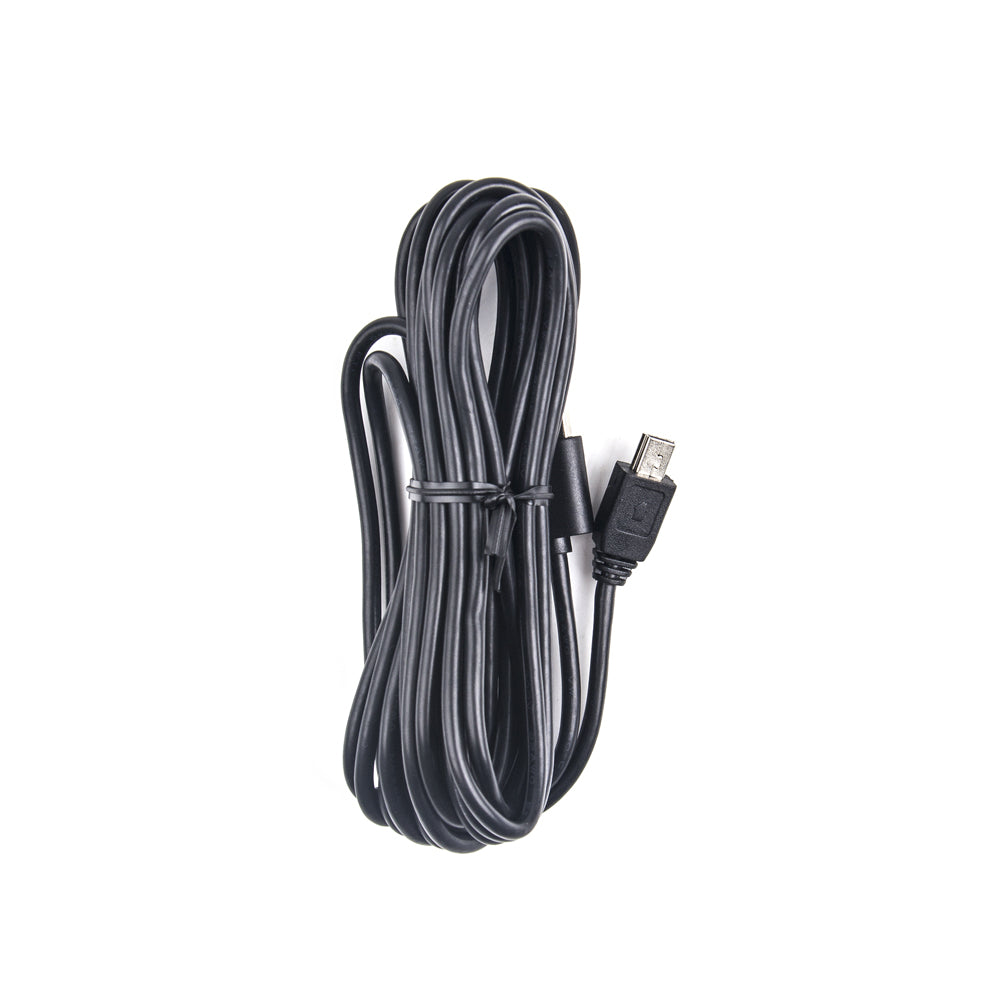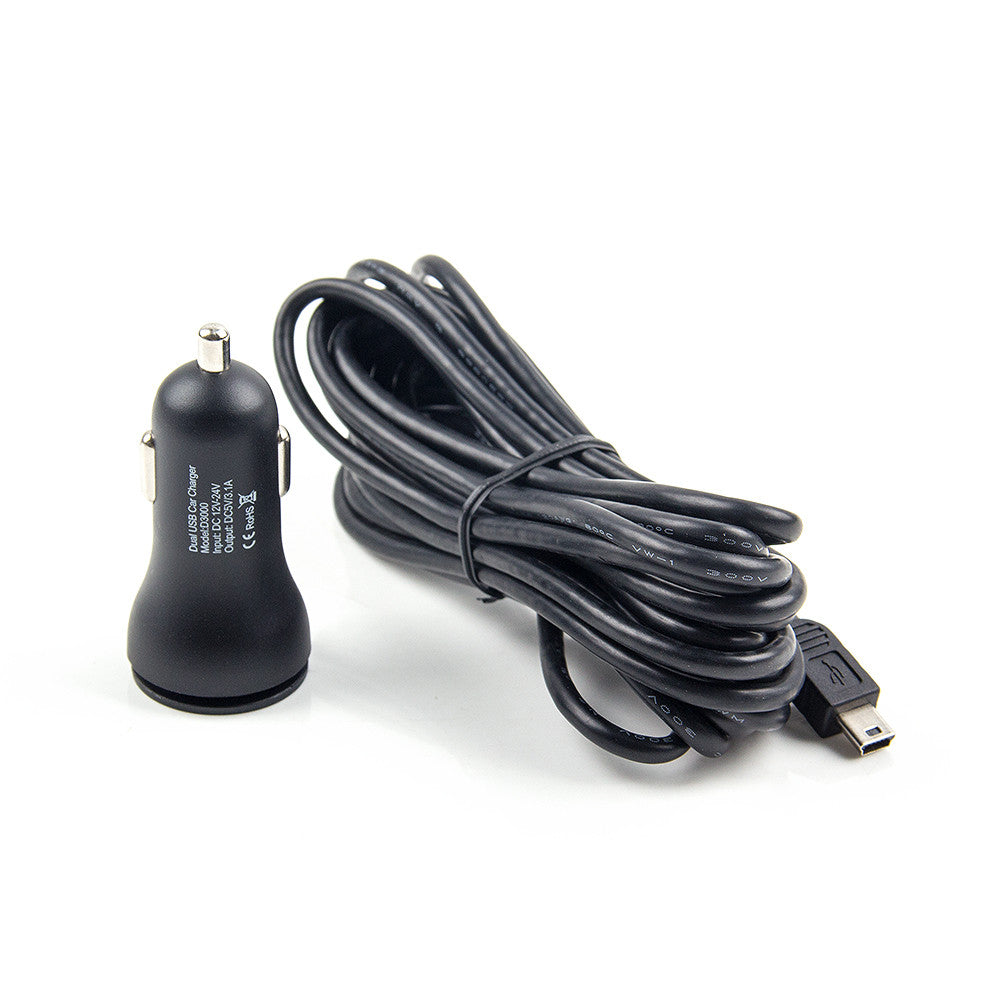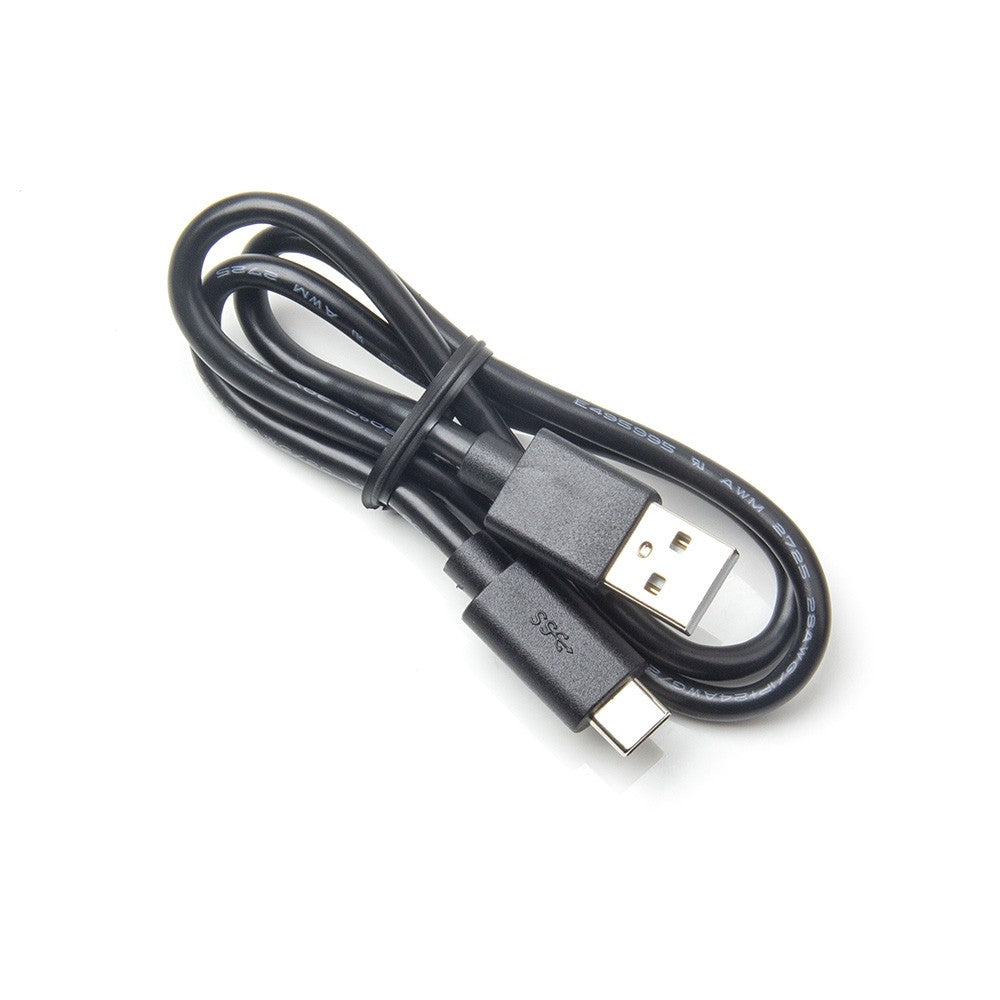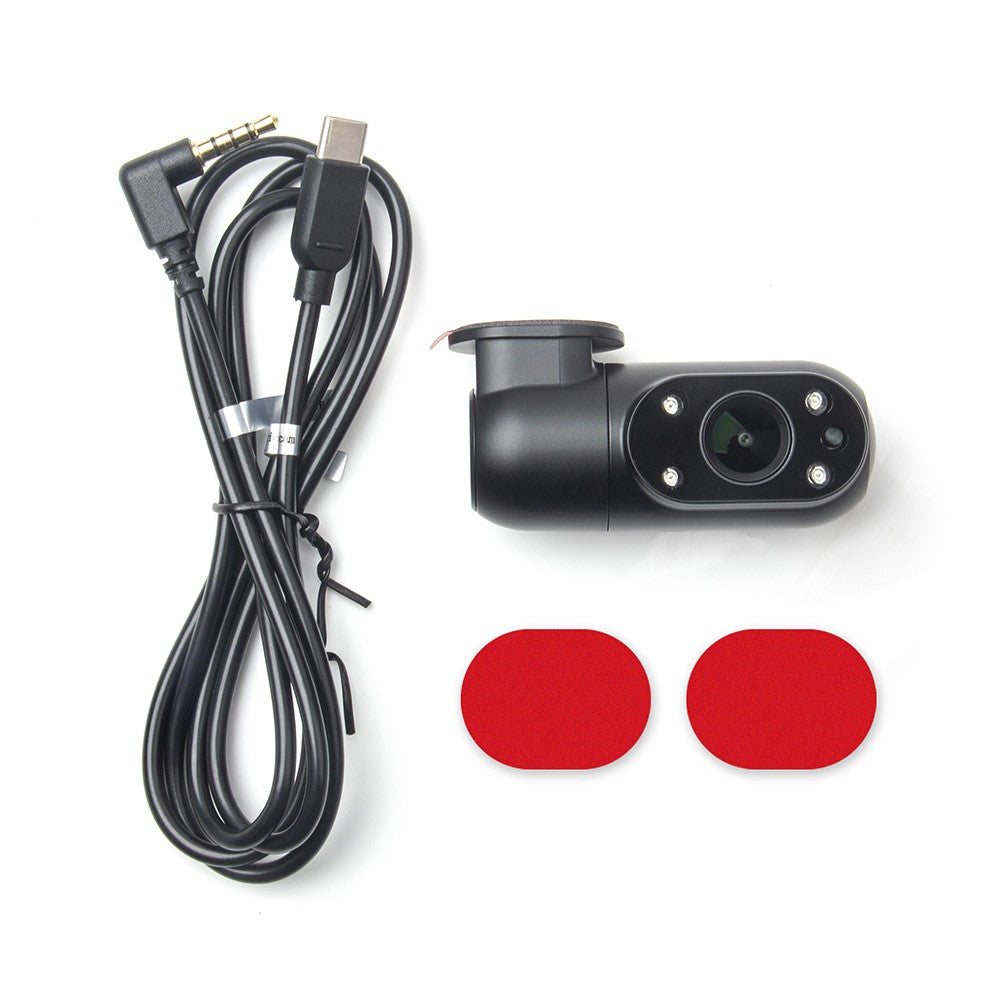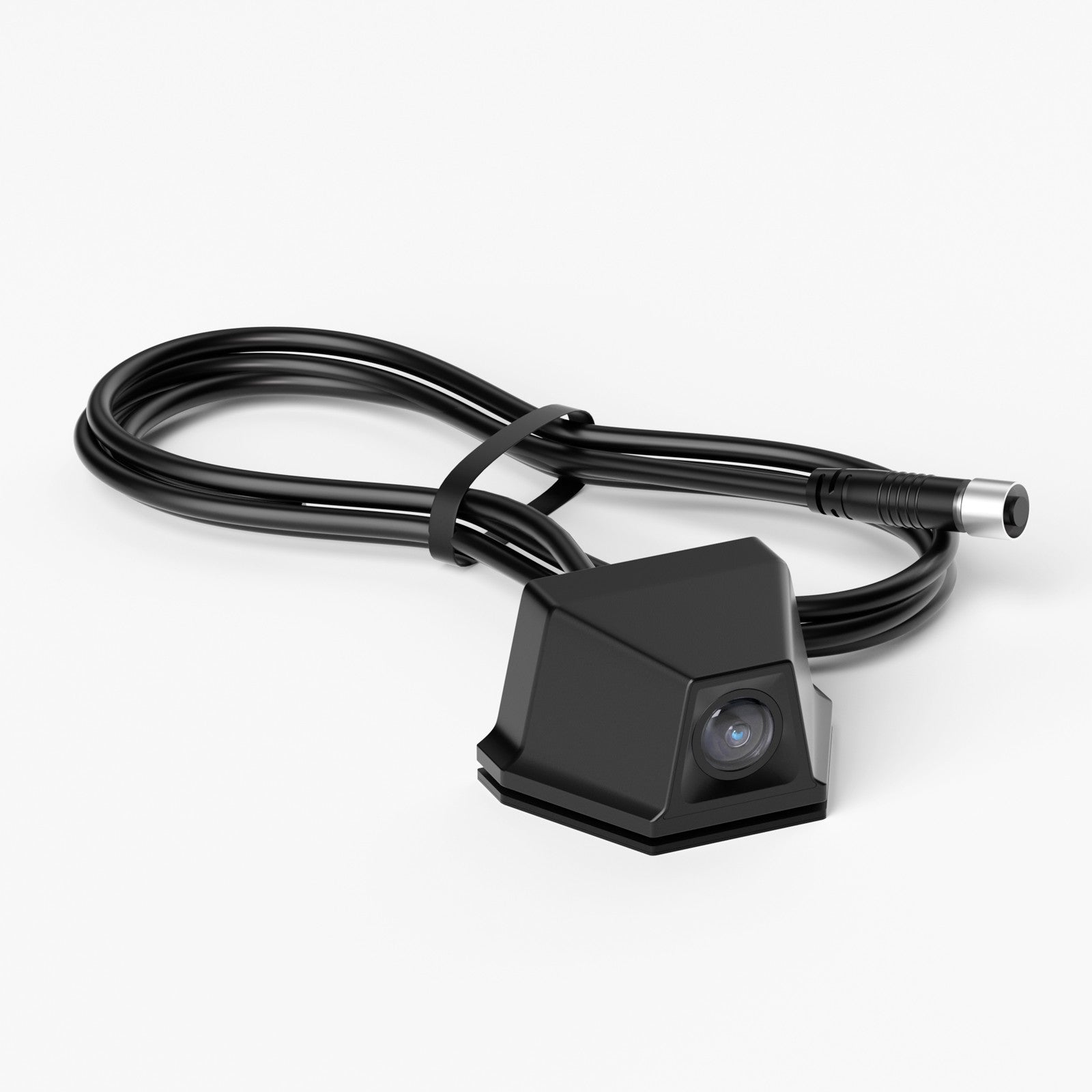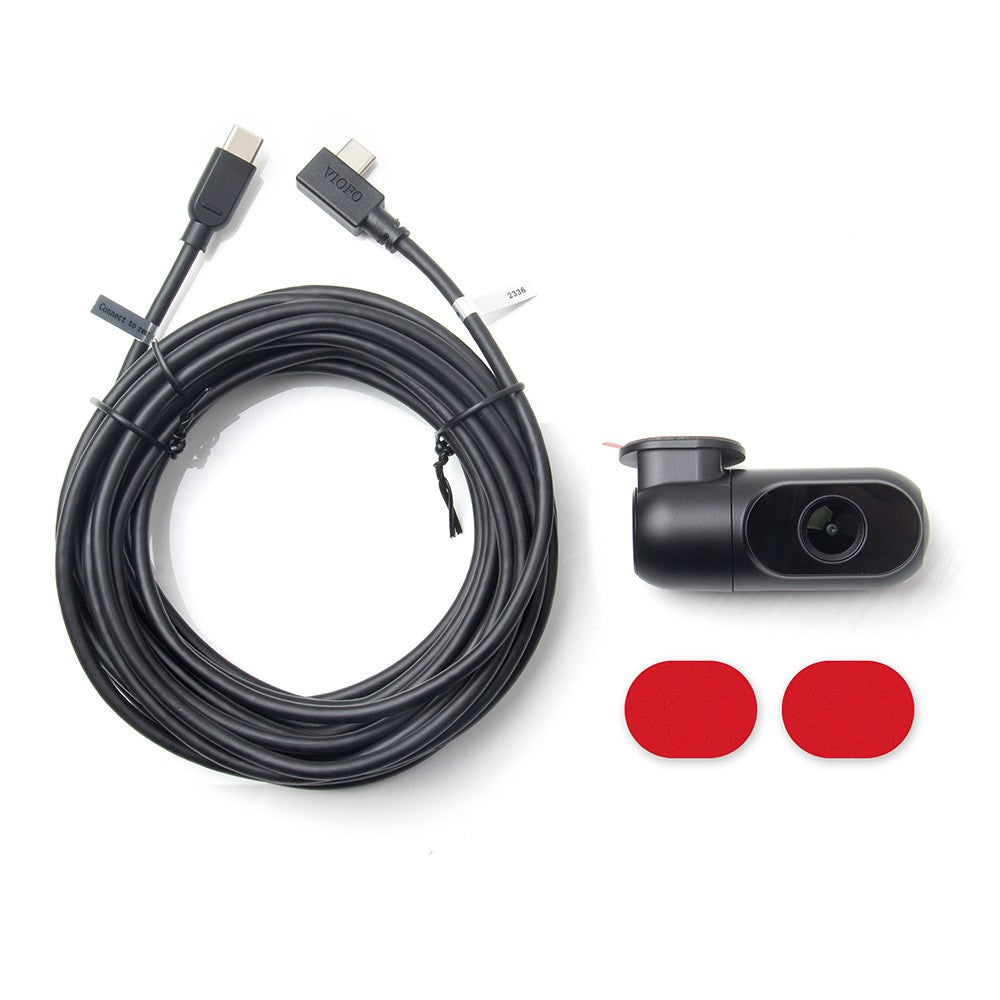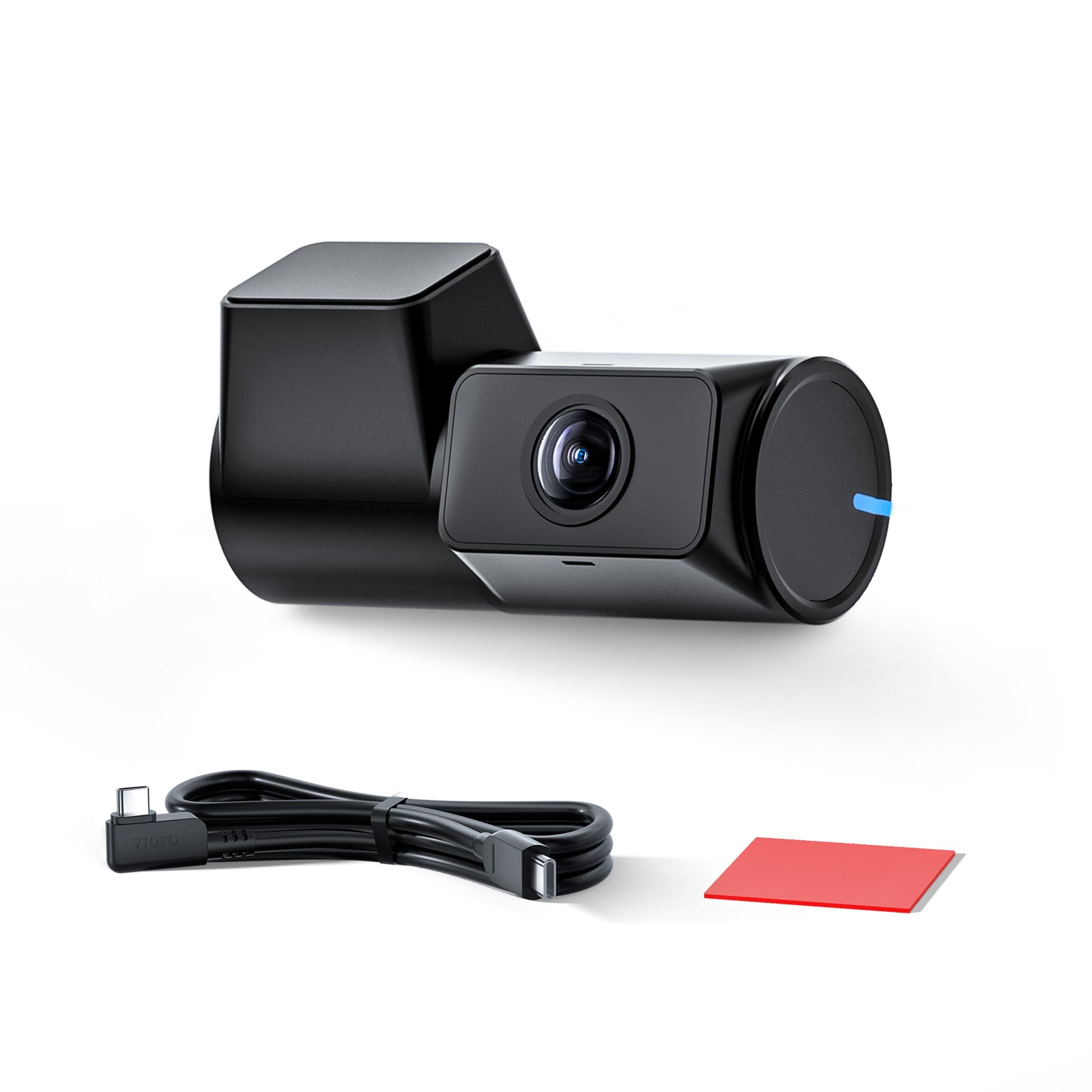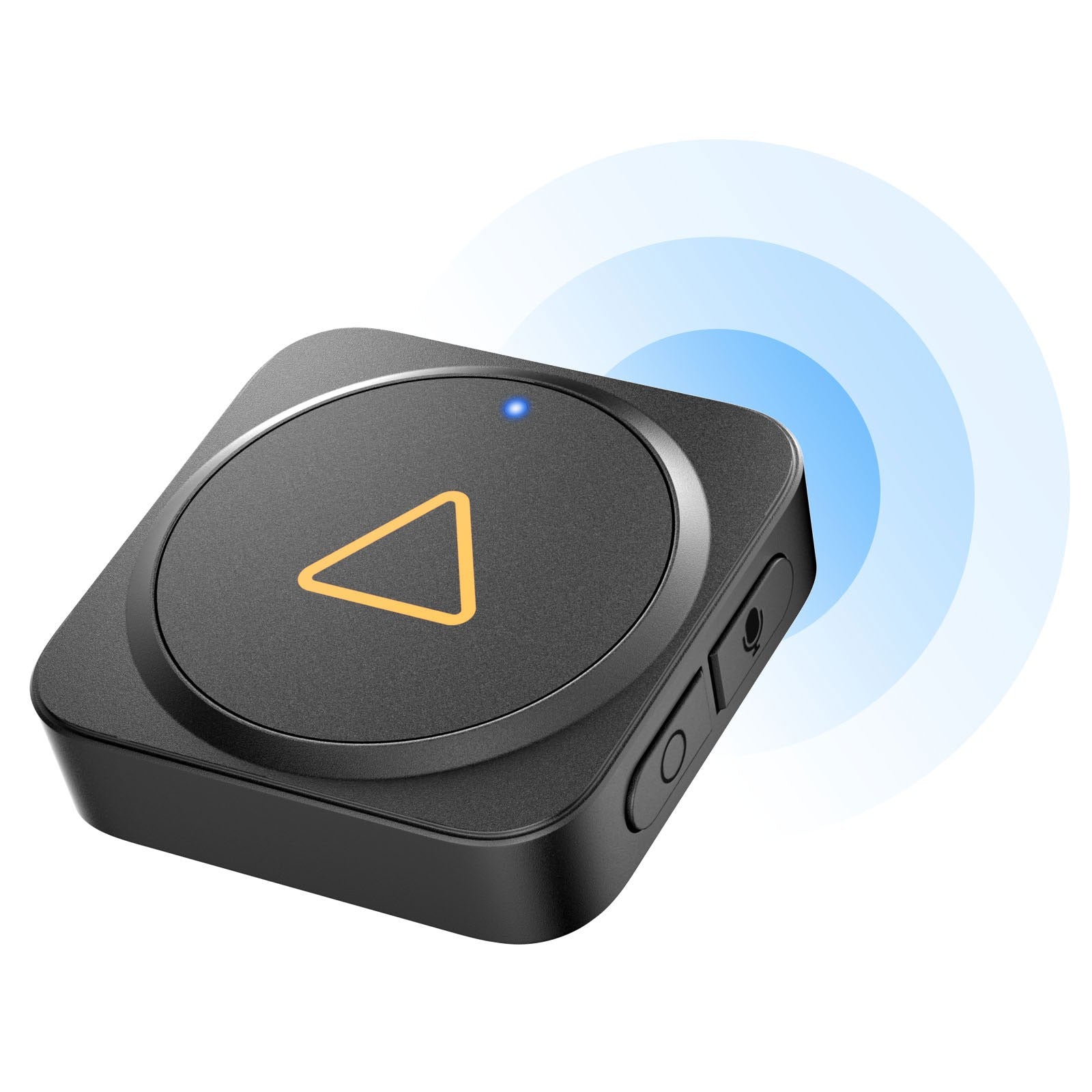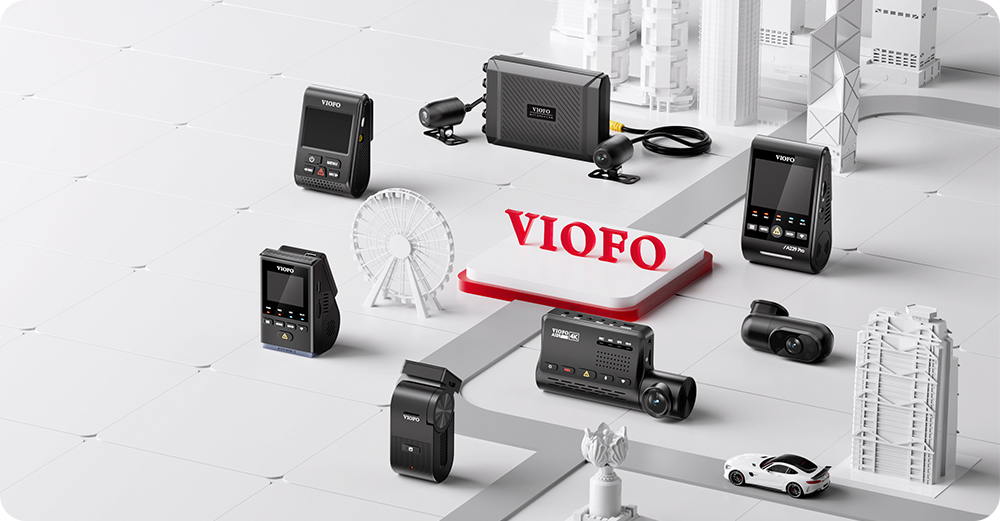We have received numerous feedback from dashcam users who reported encountering issues like memory errors, card slow, and recording failure. Through rigorous testing and professional analysis, we’ve found that these issues are largely caused by the use of faulty or incompatible memory cards. Here we list some memory card issues and their root causes:
1. Card issue: Memory error
Root cause: Require to format the card or replace the card.

2. Card issue: Card Slow
Root cause: Memory card’s writing speed is too slow, replace it with a better High Endurance card.

3. Card issue: Please Format the MicroSD Card
Root cause: File system format is wrong, require to format the card.

4. Card issue: File Error
Root cause: File corrupted or card issue, require to format or replace the card.

The memory card’s quality, capacity, and functionality are crucial factors that directly impact the dashcam’s performance. Investing in the right micro SD card ensures smooth operation, prolonged lifespan, and efficient storage management. In this blog, we’ll delve into the world of micro SD cards for dashcams, exploring how to choose a right card, recommended options, and tips for optimal performance.
Why Can’t I Use Any SD Card for My Dashcam?
The requirements for memory cards in dashcams have witnessed a substantial surge. This can be attributed to several factors, including users’ escalating demands for higher resolution recording, increased expectations for image details & extended recording durations, and common needs for efficient storage in multi-channel dashcams.
4K Resolution Recordings:
Users have a growing demand for dashcams capable of capturing videos in stunning 4K resolution. The 4K resolution ensures clearer and more detailed footage, enabling users to analyze incidents with greater precision. However, the higher resolution directly translates into larger file sizes, necessitating memory cards with higher capacities and faster write speeds to accommodate these data-intensive recordings.
High Bitrate Recordings:
Users now expect their dashcams to provide exceptional image details, allowing for a clearer view of license plates, road signs, and other crucial elements. Achieving this level of detail also requires dashcams to use high bitrate encoding for images. As a result, high bitrate recording file size will be larger, placing greater demands on the performance of memory cards.
Long Recording Durations:
Dashcams often record continuously for long periods, capturing footage throughout the day and even overnight. In some cases, they keep recording in parked vehicles without air conditioning, especially on hot days, enduring high-temperature conditions. Under long-time recordings and harsh environmental conditions, memory cards must have high endurance to withstand frequent read & write operations, and temperature fluctuations.
Multi-Channel Recordings:
Dual-channel and triple-channel dashcams have gained popularity, offering enhanced coverage by simultaneously recording from the front, interior, and rear of vehicles. However, the increased number of channels also places greater demands on memory cards. The read and write speed must be faster and capable of handling the substantial data generated by multiple camera inputs, avoiding data loss and ensuring smooth recordings.
What Factors to Consider for Choosing Micro SD Cards?
A low-quality or incompatible card may lead to recording failure and constant beeps, frozen screen, dropped frames, skipped footage, or even corrupted files, compromising the effectiveness of your dashcam as a reliable witness.
When selecting a micro SD card for your dashcam, there are several key factors to consider:
1. Capacity
Dashcams continuously record video footage, so it's vital to choose a micro SD card with sufficient storage capacity. For optimal performance, it is recommended to use a minimum 64GB micro SD card for your dashcam. This capacity allows for storing several hours of footage. However, if you frequently embark on lengthy road trips or use your dashcam for commercial purposes, it is advisable to opt for higher-capacity cards such as 128GB or 256GB, which are supported by all VIOFO dashcams.
Tips: Our dashcams even support 512GB cards for further extended recording time, while 128GB or 256GB is always a preferable and conservative choice.
2. Speed Class
Dashcams require micro SD cards with high write speeds to ensure seamless recording without dropped frames, lag, or buffering. The speed class of a micro SD card indicates its minimum sustained write speed and is denoted by labels like Class 10, U1, or U3. Look for cards labeled as Class 10 or UHS(Ultra-High Speed) Speed Class 1 (U1) for better performance. These cards offer a minimum sequential write speed of 10MB/s, which is ideal for capturing high-quality video footage. However, if your dashcam records in 4K resolution, for optimum performance, it’s recommended to choose a micro SD card with a higher speed class of U3, rated at a minimum write speed of 30MB/s.
3. Endurance
Dashcams are subjected to continuous read and write cycles, which can strain the micro SD card over time. A card with low endurance will wear out quickly and may result in data loss or corruption. Consider micro SD cards specifically designed for endurance. These cards are built to withstand the rigorous demands of dashcam usage and offer extended durability. Choose cards that possess temperature-proof, waterproof, shockproof, and X-ray-proof capabilities to ensure optimal functionality under challenging conditions.
4. Temperature Resistance
Dashcams are exposed to varying temperatures inside vehicles, including high heat during summer months. When selecting micro SD cards, prioritize those with wide temperature tolerance, such as -25°C to 85°C or even higher, to guarantee reliable performance and safeguard against data corruption in extreme temperatures.
5. Compatibility
Check the dashcam manufacturer's recommendations for micro SD card compatibility. Some dashcams may have specific requirements regarding the type and class of micro SD cards they support. Not all micro SD cards are compatible with all dash cam models, and using an incompatible card can lead to data loss or corruption. Ensure the card you choose is compatible with your dashcam to avoid any potential issues or reduced performance.
6. Brand Reputation & Warranty
When purchasing micro SD cards, it is best to choose reputable brands. These brands consistently deliver high-quality, reliable, and efficient micro SD cards. Moreover, they often provide superior warranty support, ensuring your peace of mind in case of any issues.
Remember that investing in a high-quality micro SD card for your dashcam is worth it in the long run. It ensures smooth recording, ample storage capacity, durability, and compatibility with your dashcam system. By considering the factors mentioned above, you can choose a micro SD card that meets your dashcam's requirements and provides a reliable storage solution for your video footage.
Recommended Micro SD Cards
VIOFO Micro SD Card
For the ultimate dashcam experience, we highly recommend using a VIOFO Micro SD Card. Choose from a range of storage capacities to suit your needs—32GB, 64GB, 128GB, 256GB, or 512GB. Each VIOFO Micro SD Card comes with a convenient SD card adapter and a 1-year limited warranty, ensuring long-lasting durability for your VIOFO dash cameras.

1. VIOFO Micro SD Card boasts impressive speeds of up to 100MB/s read and 90MB/s write (actual speeds may vary), ensuring fast and efficient transfer of your data.

2. With support for Speed Class 10 and UHS Speed Class 3 (U3), the Card enables your dashcam to effortlessly capture, playback, and transfer files, including 1080P FHD and 4K videos.

3. VIOFO Micro SD Card is fully compatible with all VIOFO Dash Cam models. It is waterproof, temperature-proof (ranging from -25°C to 85°C), X-ray-proof, and even magnet-proof.

You can click below to access the purchase link for our cards:
Not Recommended Cards
It is important to note that we do not recommend using other cards, such as the Samsung EVO cards, as they may not meet our stringent standards. Please refer to the pic below for a visual representation.

If using a faulty or incompatible SD card, you may encounter any of the following issues:
- SD card error messages
- Recording failure and constant beeps
- Automatic recording failure
- Frozen screen
- Gaps between recordings
- Corrupted or unplayable files
- Failure to start up and shutdown
- Inoperable buttons
Additional Tips and Best Practices
To maximize the performance and lifespan of your micro SD card:
- Regularly format the micro SD card using your dashcam or a computer for optimal performance.
- Regularly check for firmware updates for your dashcam and micro SD card to ensure compatibility and improved stability.
- Handle the micro SD card with care, avoiding physical damage or exposure to extreme temperatures.
Conclusion:
By choosing the right micro SD card, and considering factors like capacity, speed class, endurance, and brand, you can ensure a seamless recording experience. Remember to regularly format to optimize performance and prolong the lifespan of your micro SD card. With the right micro SD card in place, your dashcam becomes a powerful tool for capturing unforgettable moments and ensuring your safety on the road.

